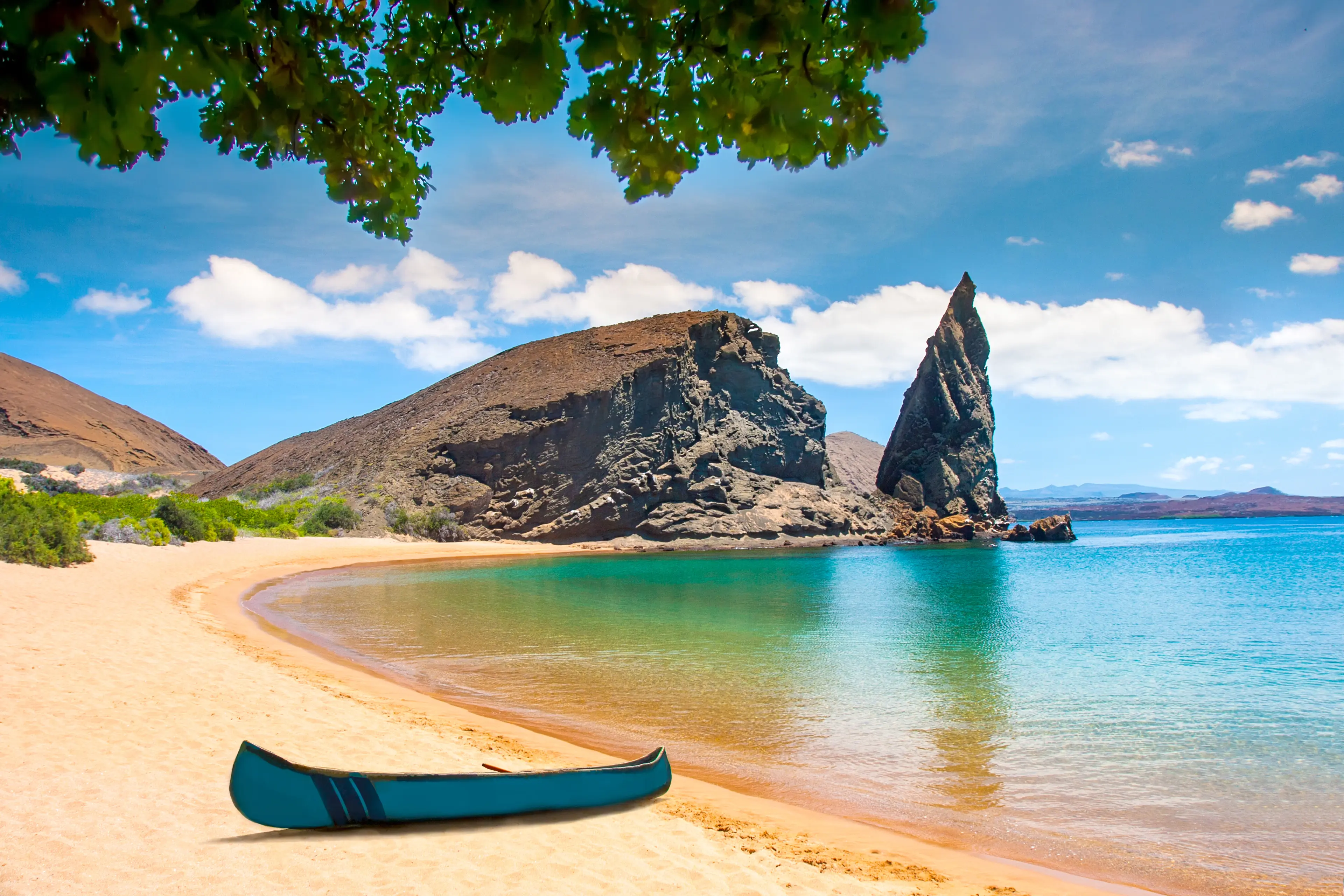5-Day Explorer's Guide to Galapagos Islands, Ecuador
Galapagos Islands, Ecuador
5 days
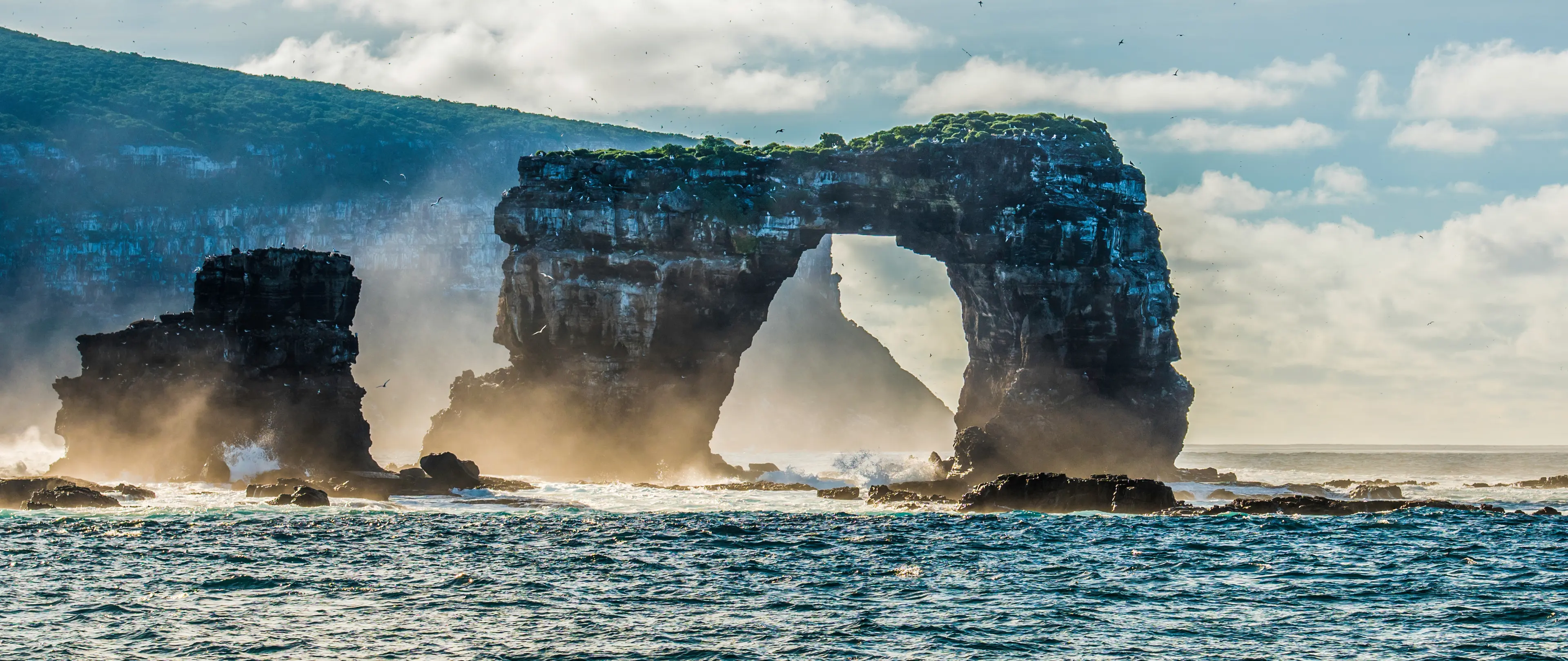
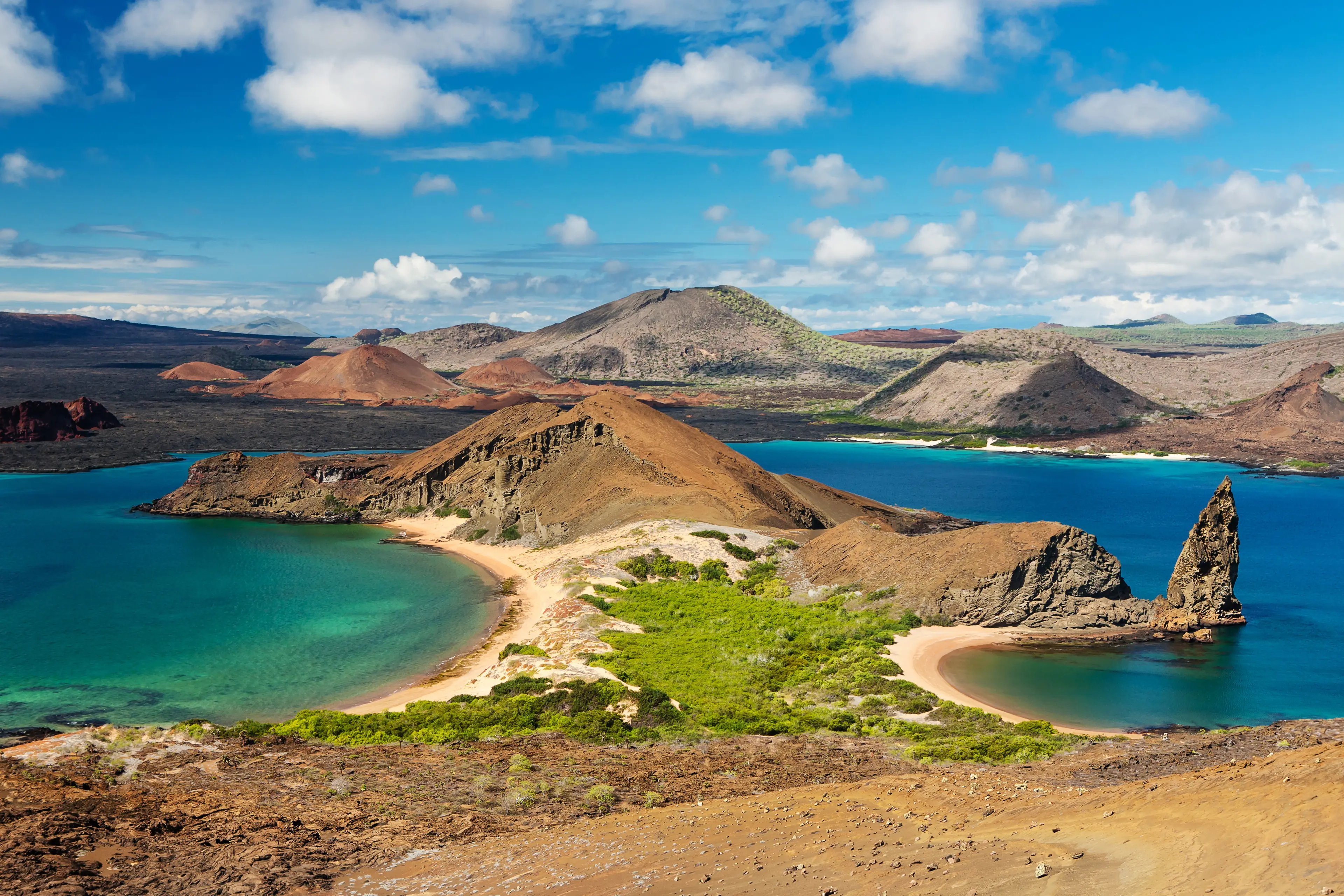
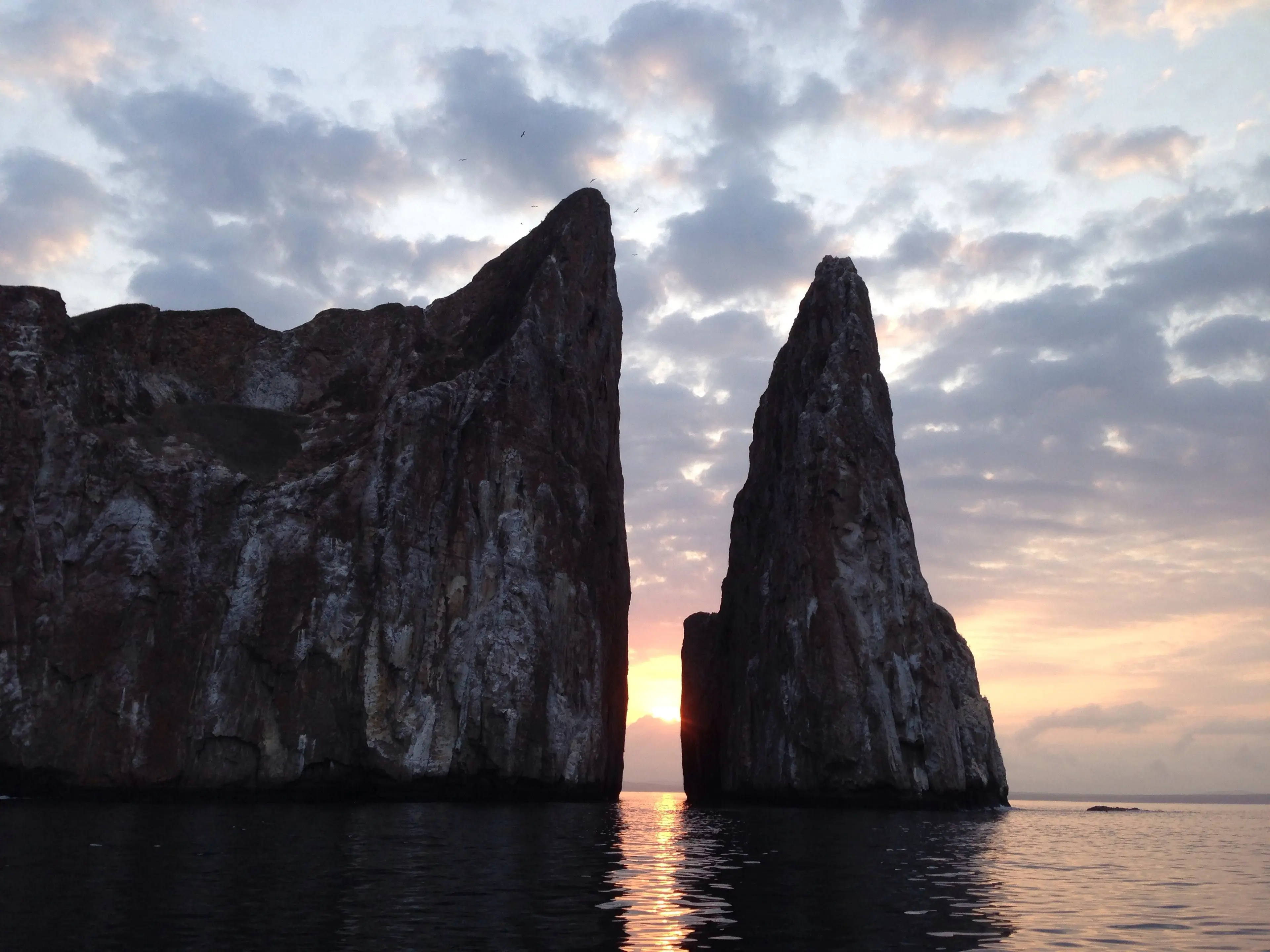

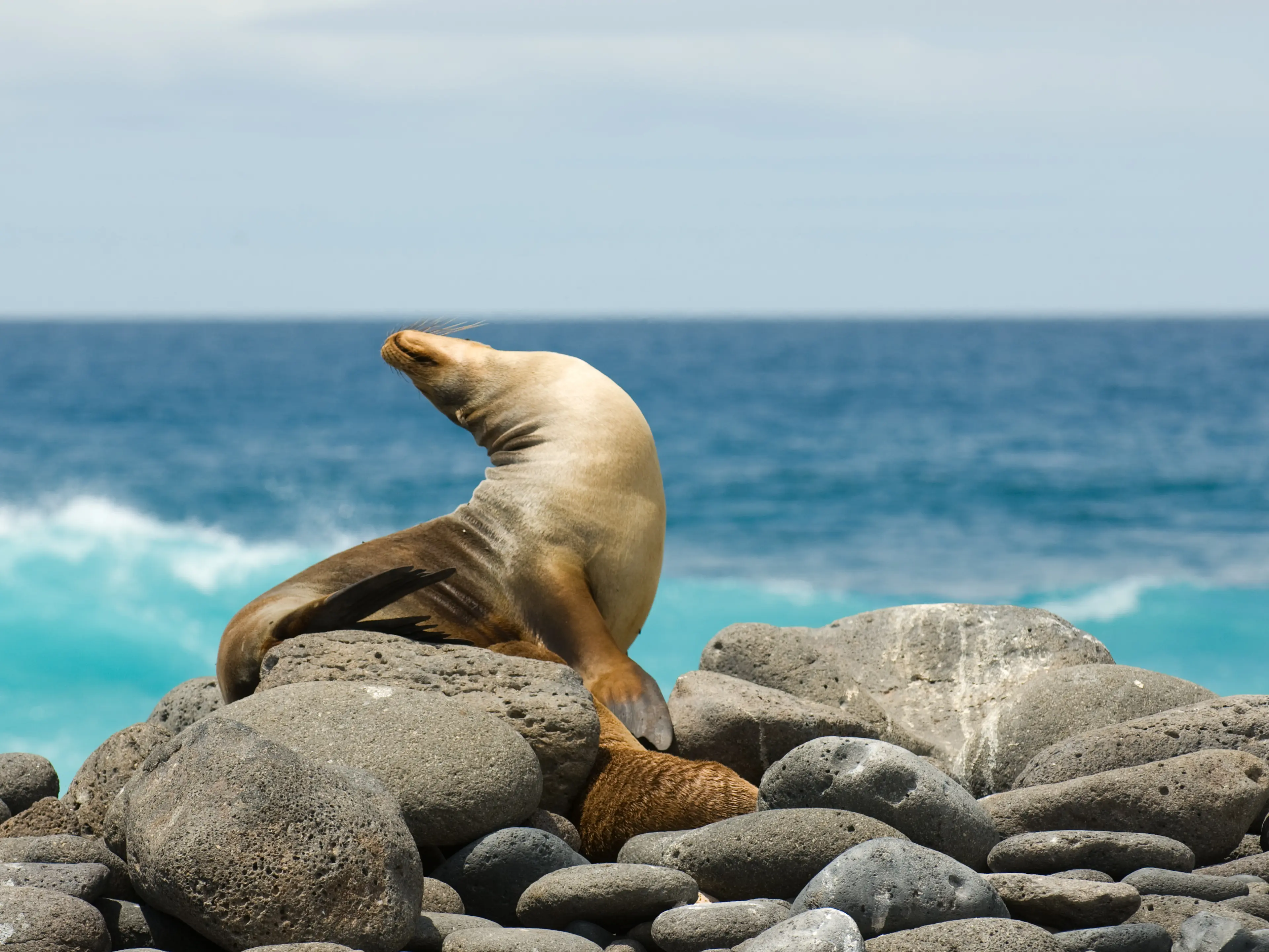
About Galapagos Islands, Ecuador
Experience the unparalleled beauty of the Galapagos Islands, Ecuador - a UNESCO World Heritage site. This archipelago of volcanic islands offers a unique ecosystem teeming with diverse wildlife, many found nowhere else on Earth. Encounter giant tortoises, marine iguanas, and exotic bird species. Explore the islands' pristine beaches, lava tunnels, and crystal-clear waters perfect for snorkeling and diving. Enjoy guided tours to Charles Darwin Research Station to learn about conservation efforts. Cruise between islands for breathtaking views and unforgettable sunsets. The Galapagos Islands promise an extraordinary adventure filled with nature's wonders, making it a must-visit destination for eco-tourists and wildlife enthusiasts.
5-Day Itinerary
Day 2
Discovering Isabela Island
Morning
Visit the Giant Tortoise Breeding Center on Isabela Island, where you can see these magnificent creatures up close.
Lunch
Have a picnic lunch on the beach, with a chance to spot penguins and sea turtles.
Afternoon
Hike up Sierra Negra Volcano, one of the most active volcanoes in the Galapagos. The hike offers stunning views of the surrounding islands.
Dinner
Enjoy a dinner with a view of the volcano, sampling the local cuisine.
Evening
Relax under the stars, listening to the sounds of nature.
Day 3
Unveiling the Secrets of San Cristobal Island
Morning
Take a boat tour to Kicker Rock, a stunning rock formation off the coast of San Cristobal Island. The area is known for its diverse marine life, making it a great spot for snorkeling.
Lunch
Enjoy a lunch on the boat, with a chance to spot dolphins and whales.
Afternoon
Visit the Interpretation Center to learn about the history and biodiversity of the Galapagos.
Dinner
Have a dinner with a view of the harbor, enjoying the fresh seafood.
Evening
Take a leisurely stroll along the waterfront, watching the sunset over the ocean.
Day 4
Highland Adventure on Santa Cruz Island
Morning
Explore the highlands of Santa Cruz Island, where you can see giant tortoises in their natural habitat.
Lunch
Have a lunch in the highlands, surrounded by lush vegetation and wildlife.
Afternoon
Visit the Lava Tunnels, a unique geological formation that offers a glimpse into the volcanic origins of the islands.
Dinner
Enjoy a dinner with a view of the highlands, sampling the local cuisine.
Evening
Relax under the stars, listening to the sounds of nature.
Day 5
Floreana Island: Flamingos and Historic Post Office Bay
Morning
Take a boat tour to Floreana Island, known for its pink flamingos and green beaches.
Lunch
Enjoy a lunch on the boat, with a chance to spot sea turtles and rays.
Afternoon
Visit Post Office Bay, a historic site where whalers used to leave mail for homebound ships to deliver.
Dinner
Have a farewell dinner on the beach, enjoying the fresh seafood and reflecting on your Galapagos adventure.
Evening
Take a final stroll along the beach, watching the sunset over the ocean.
Attractions in Itinerary (10)
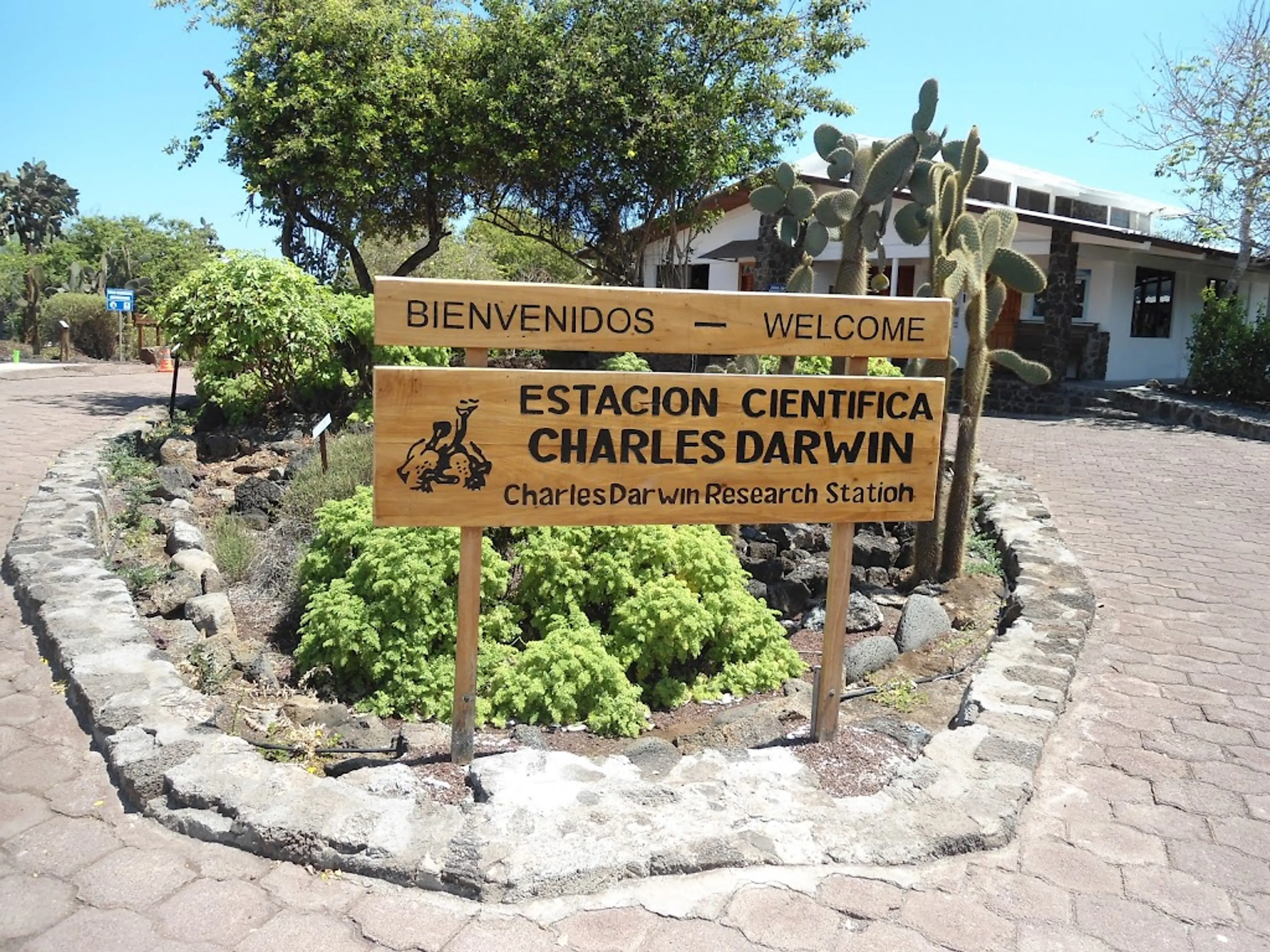
1Charles Darwin Research Station
A biological research station and museum dedicated to the preservation of the Galapagos Islands' ecosystem.
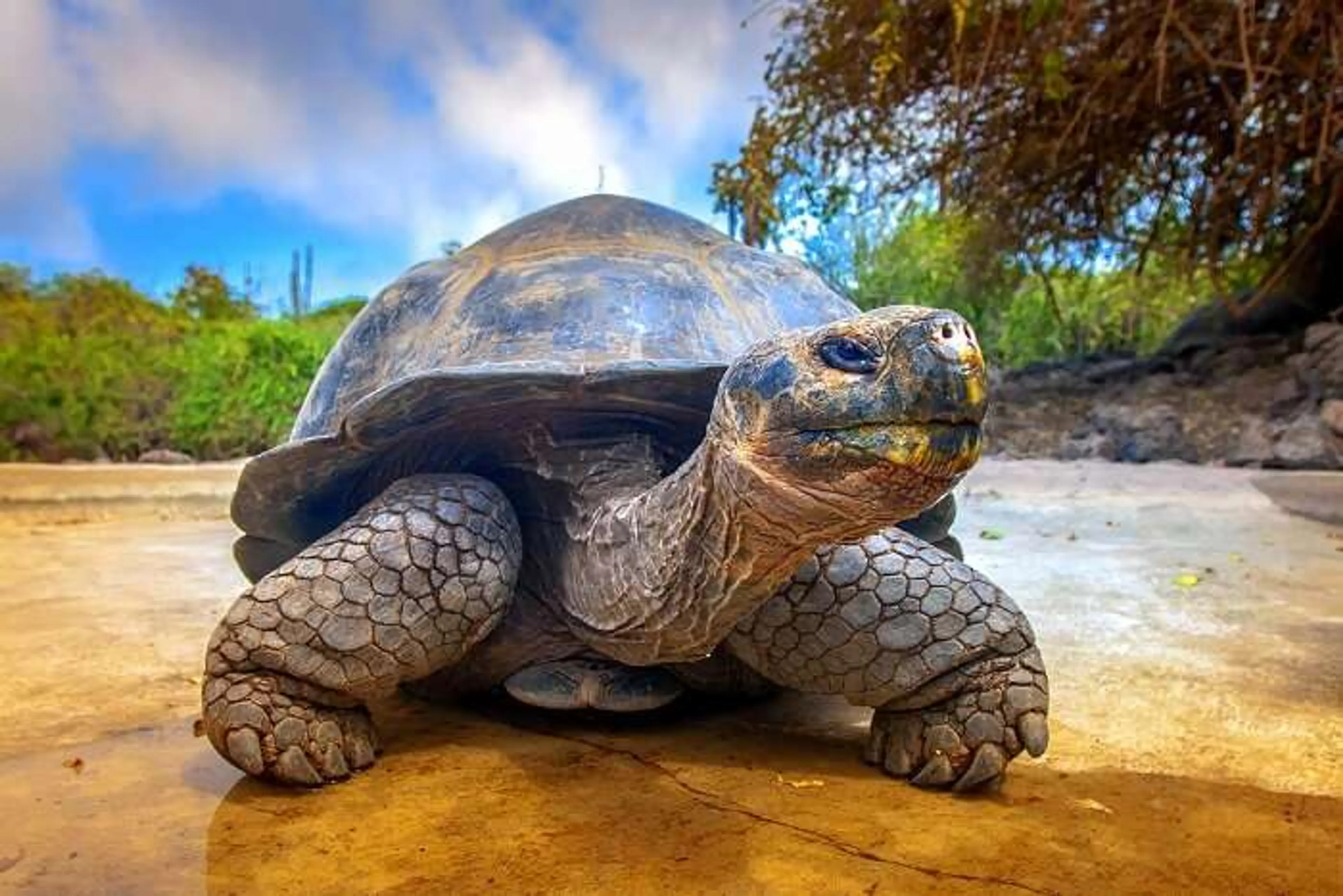
2Tortuga Bay
A stunning white sand beach that is also a nesting site for marine turtles.
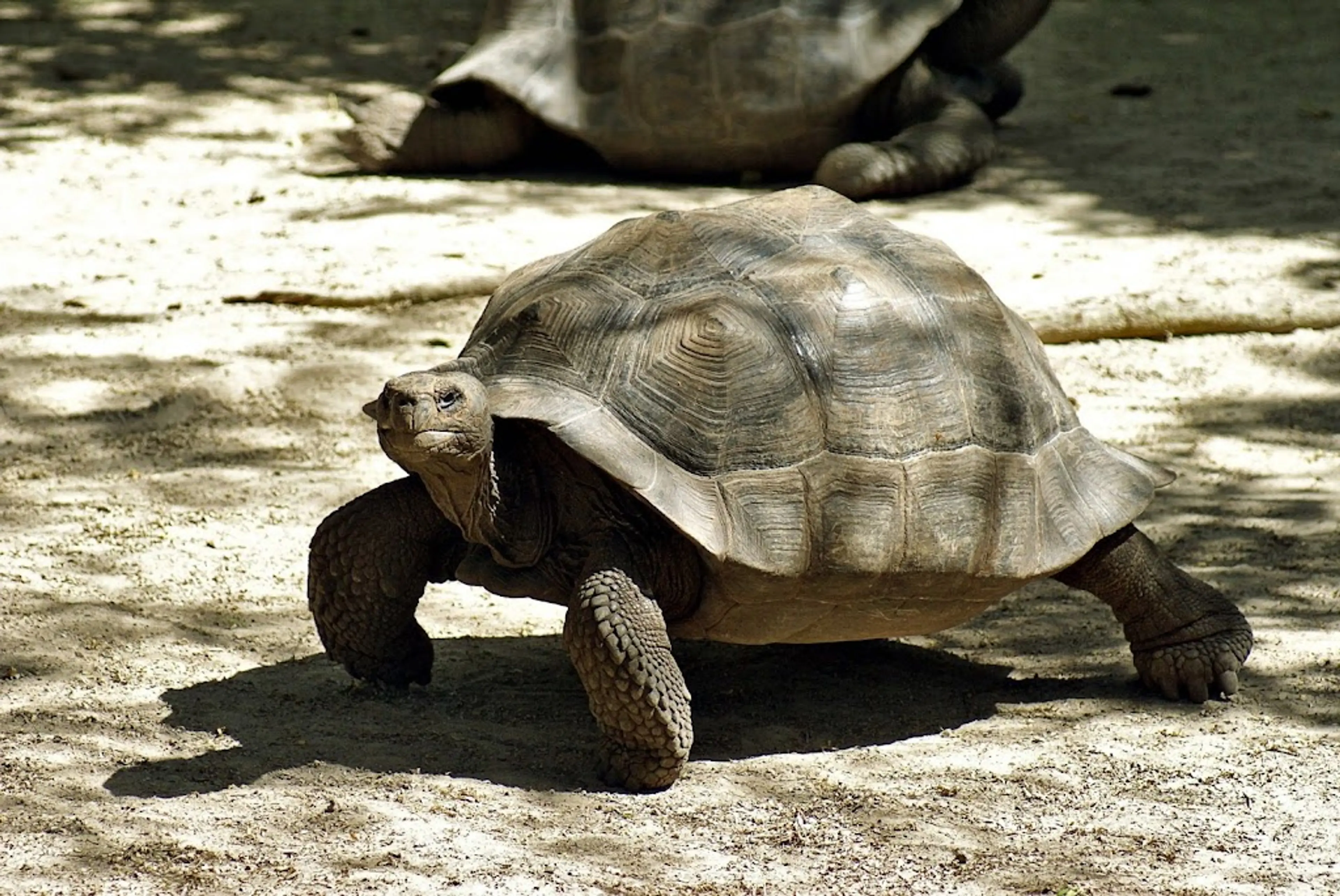
3Giant Tortoise Breeding Center
A conservation facility dedicated to the preservation and breeding of the Galapagos Giant Tortoise, offering visitors a chance to see these unique creatures up close.
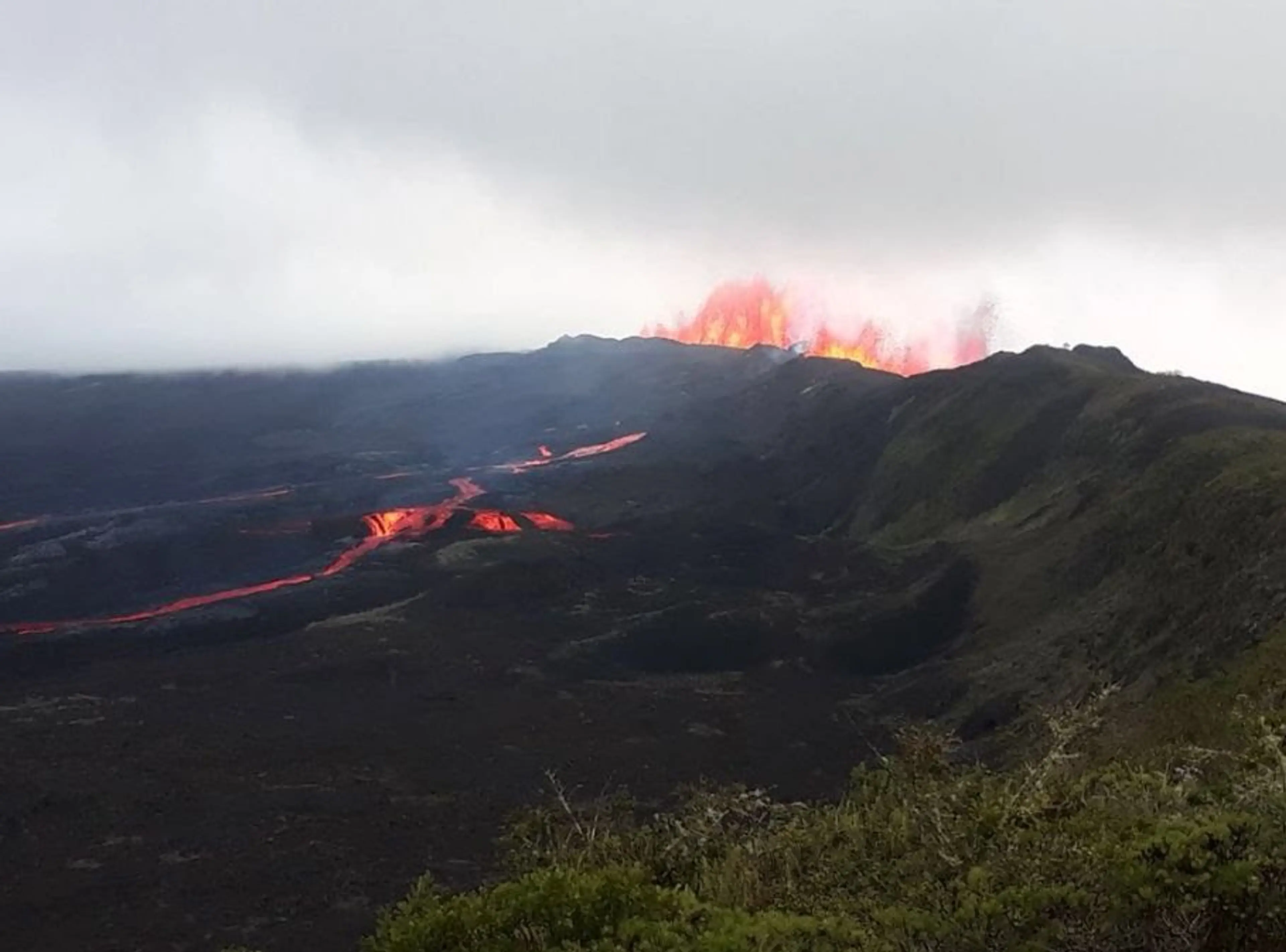
4Sierra Negra Volcano
One of the most active volcanoes in the Galapagos, known for its large caldera. Hiking tours offer breathtaking views of the volcanic landscape.
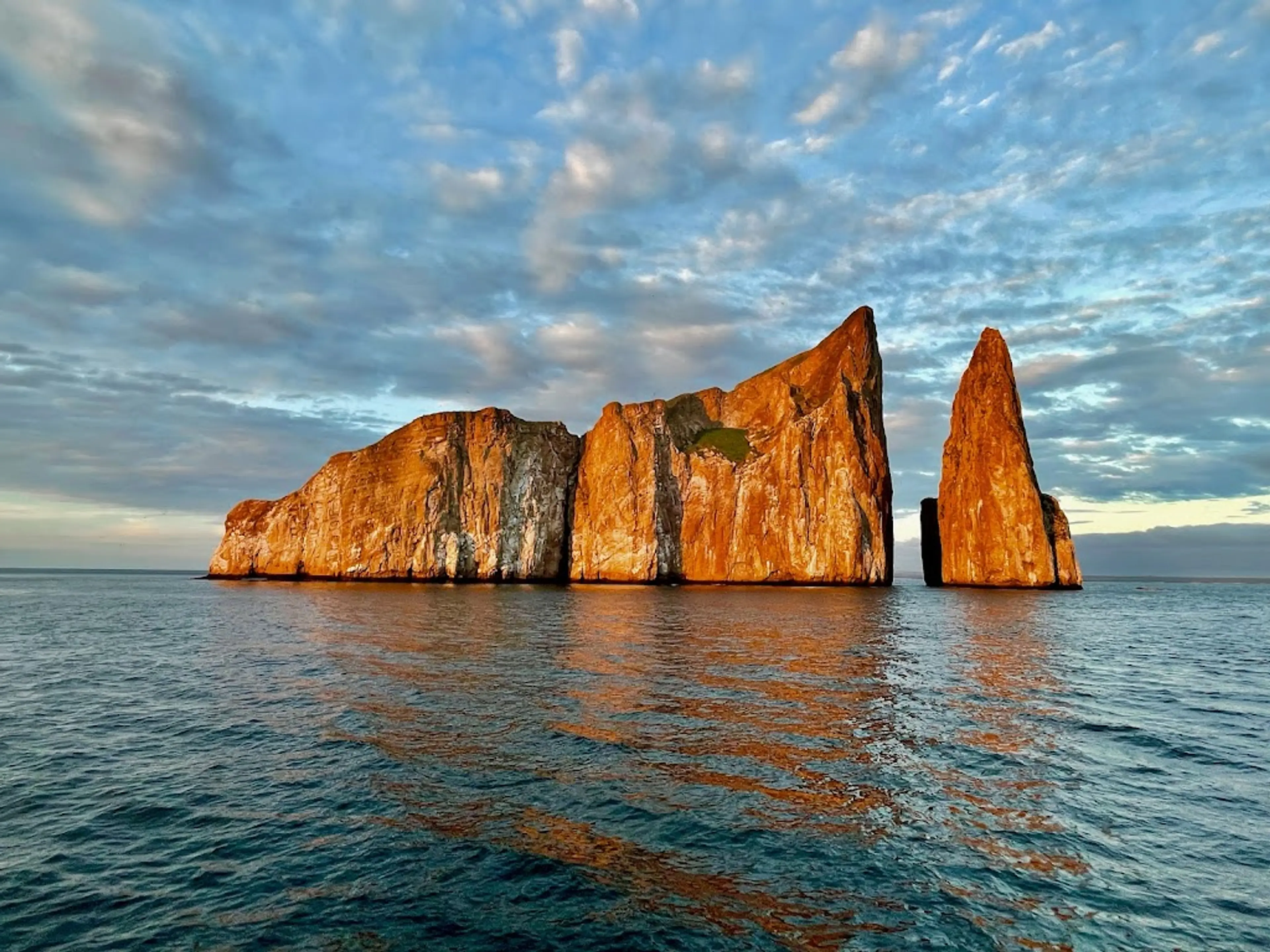
5Kicker Rock
A dramatic rock formation off the coast of San Cristobal Island, popular for snorkeling and diving tours due to its rich marine life.
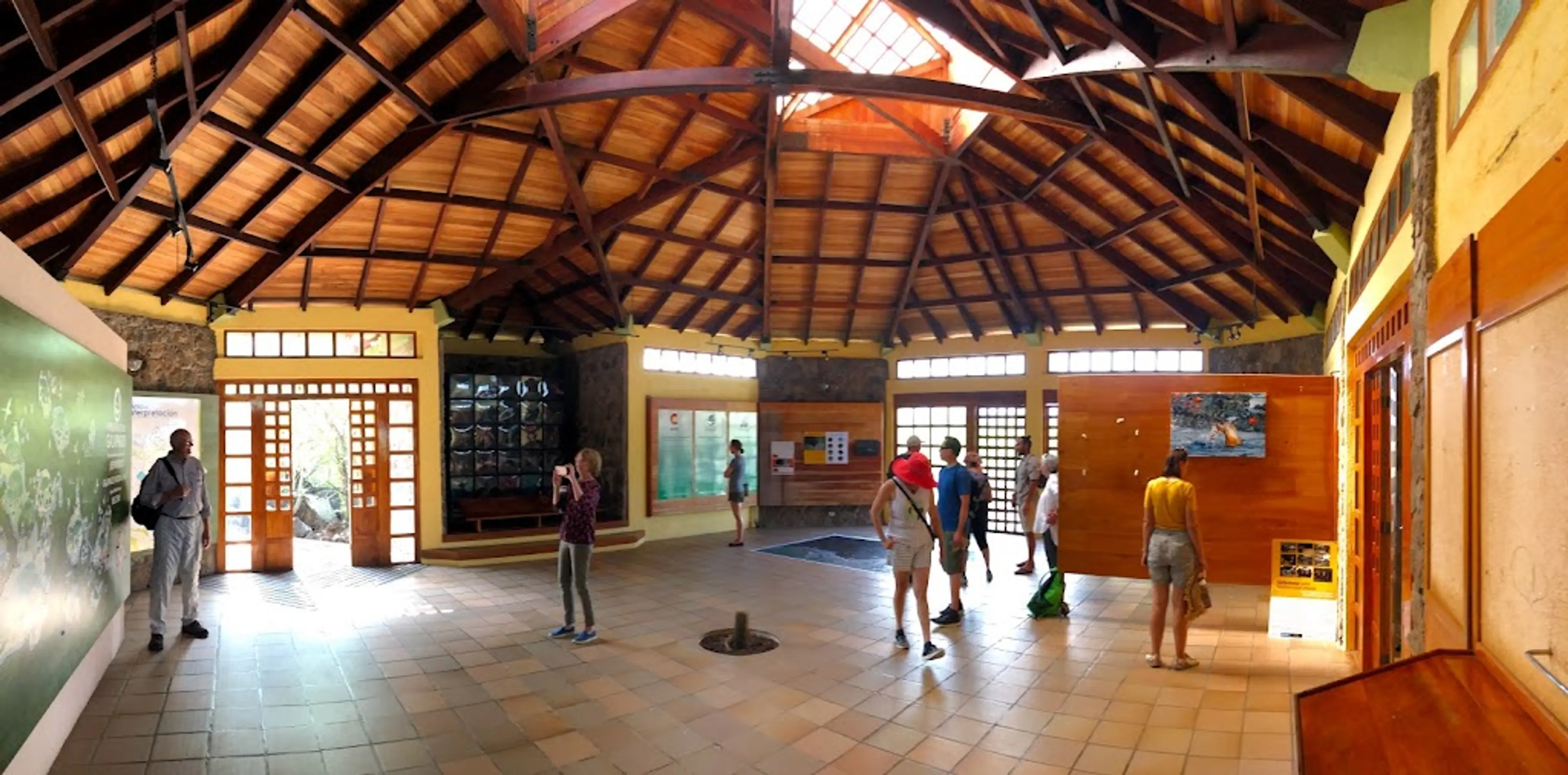
6Interpretation Center
An educational facility offering insights into the history, ecology, and conservation efforts of the Galapagos Islands.
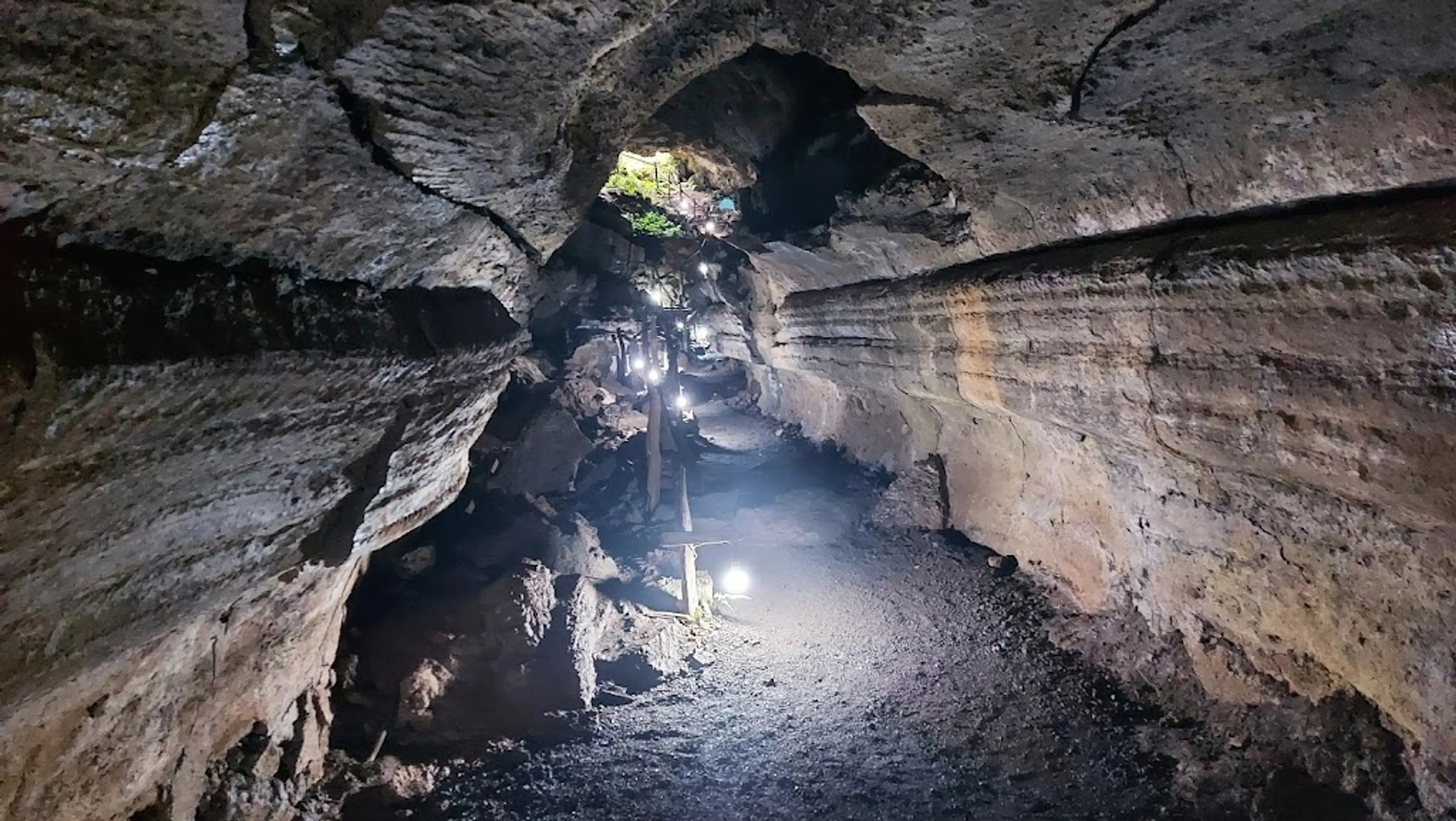
7Lava Tunnels
A network of underground tunnels formed by lava flows. Visitors can walk through these tunnels for a unique and fascinating geological experience.
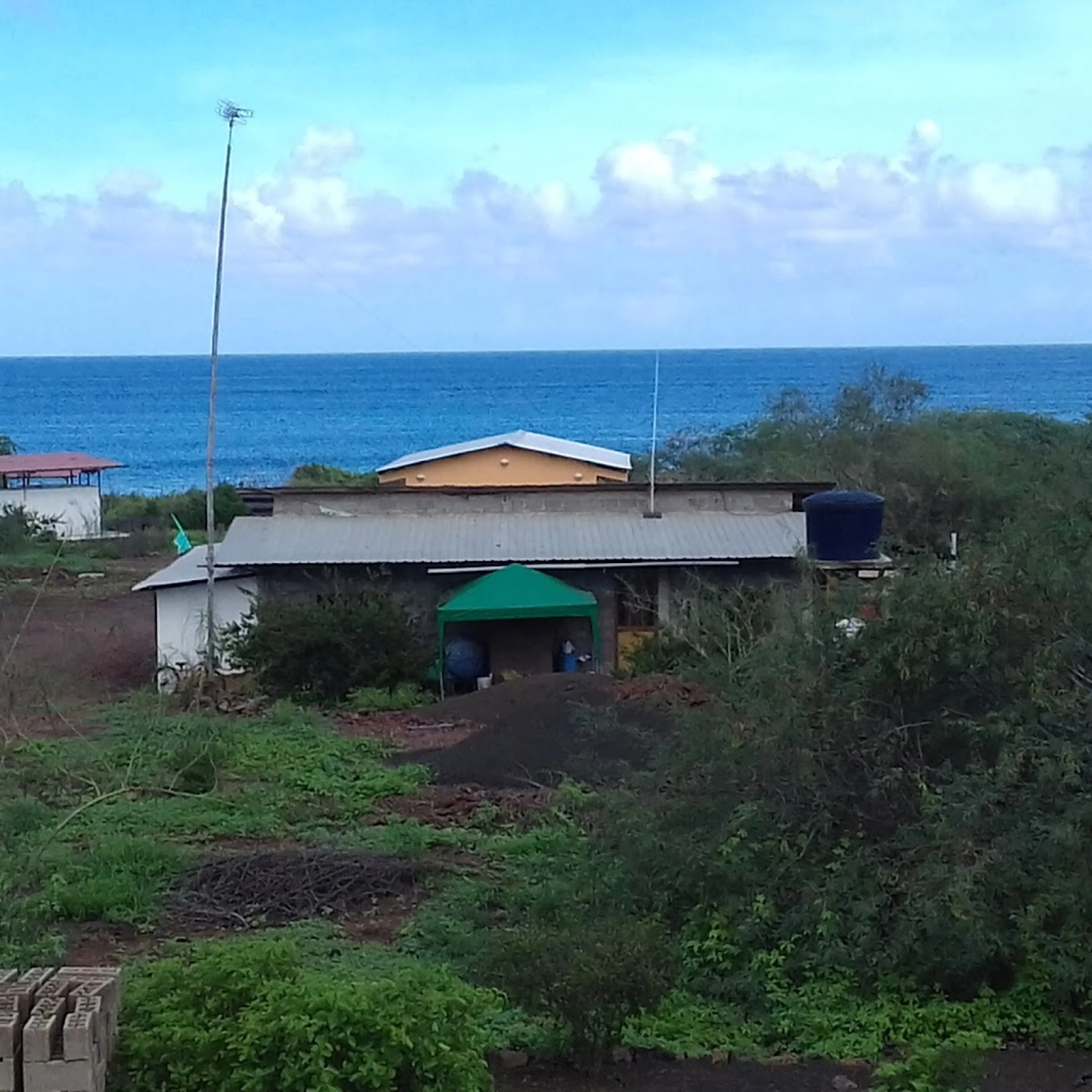
8Floreana Island
One of the oldest and most ecologically diverse islands in the Galapagos. Visitors can explore its volcanic landscapes, snorkel in its clear waters, and visit historical sites like Post Office Bay.
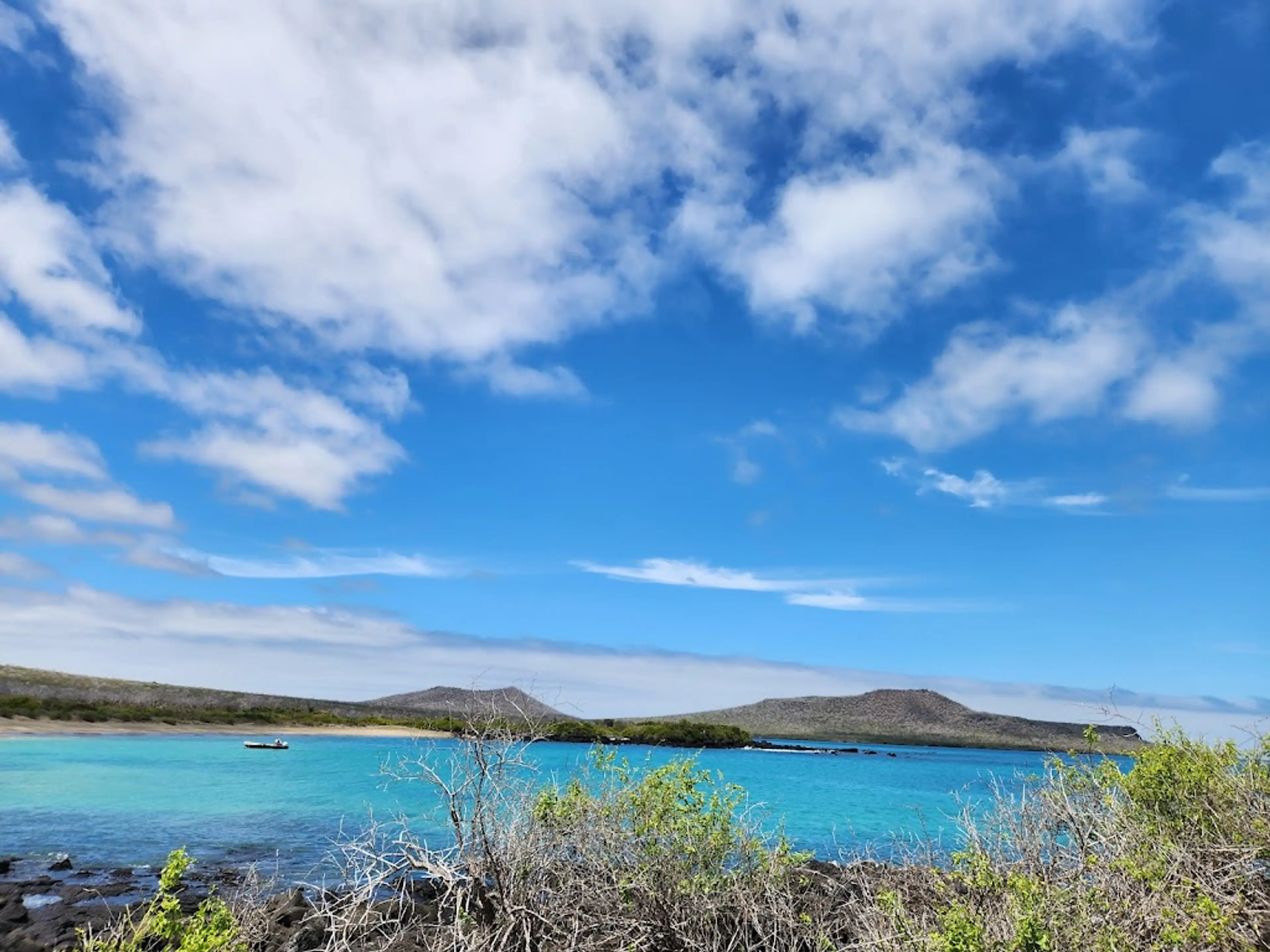
9Post Office Bay
Post Office Bay is a historical site where whalers used to leave their mail to be picked up by other sailors. Today, visitors can leave their own postcards in the barrel and pick up any they can deliver.
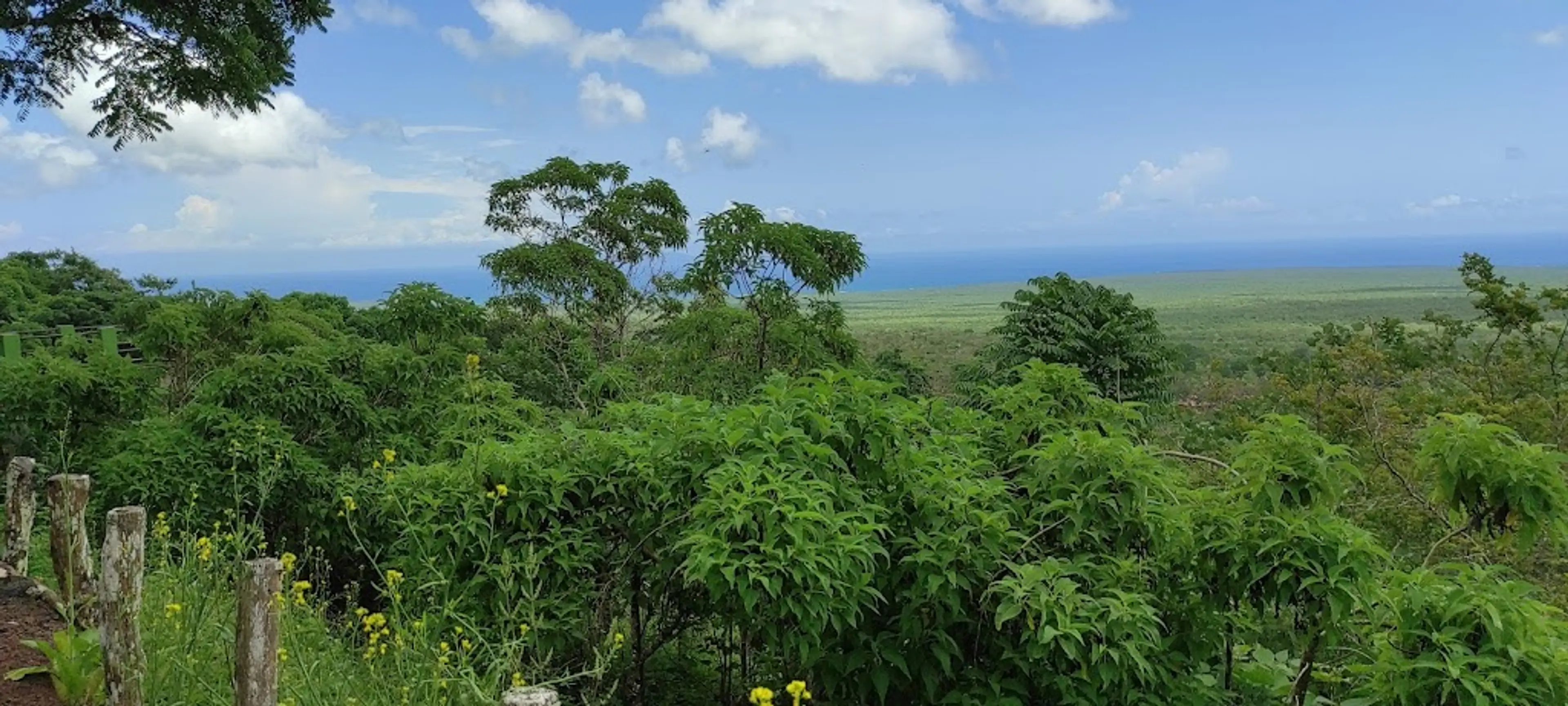
10Santa Cruz Highlands
A region known for its lush vegetation and wildlife, perfect for hiking and exploration.
Local Food and Drinks (12)
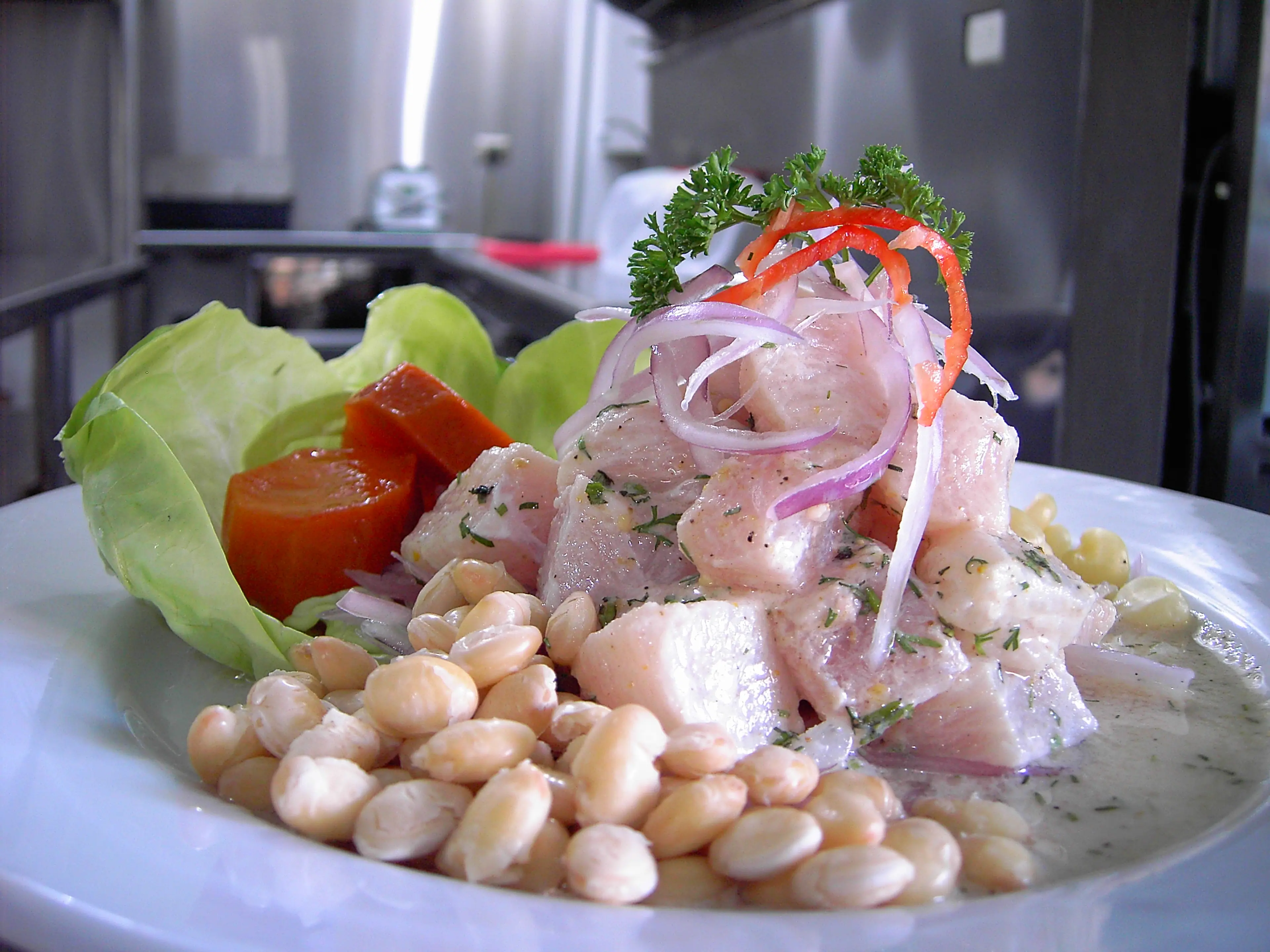
Ceviche
A popular dish in the Galapagos Islands made from fresh raw fish cured in citrus juices, and spiced with ají, chili peppers, onions, and cilantro.

Encocado
A traditional Ecuadorian dish made with fish or seafood cooked in a sauce of coconut milk, onions, bell peppers, and spices, often served with rice.

Locro de Papa
A rich, hearty potato soup that is a classic Ecuadorian dish. It's often served with avocado and cheese.
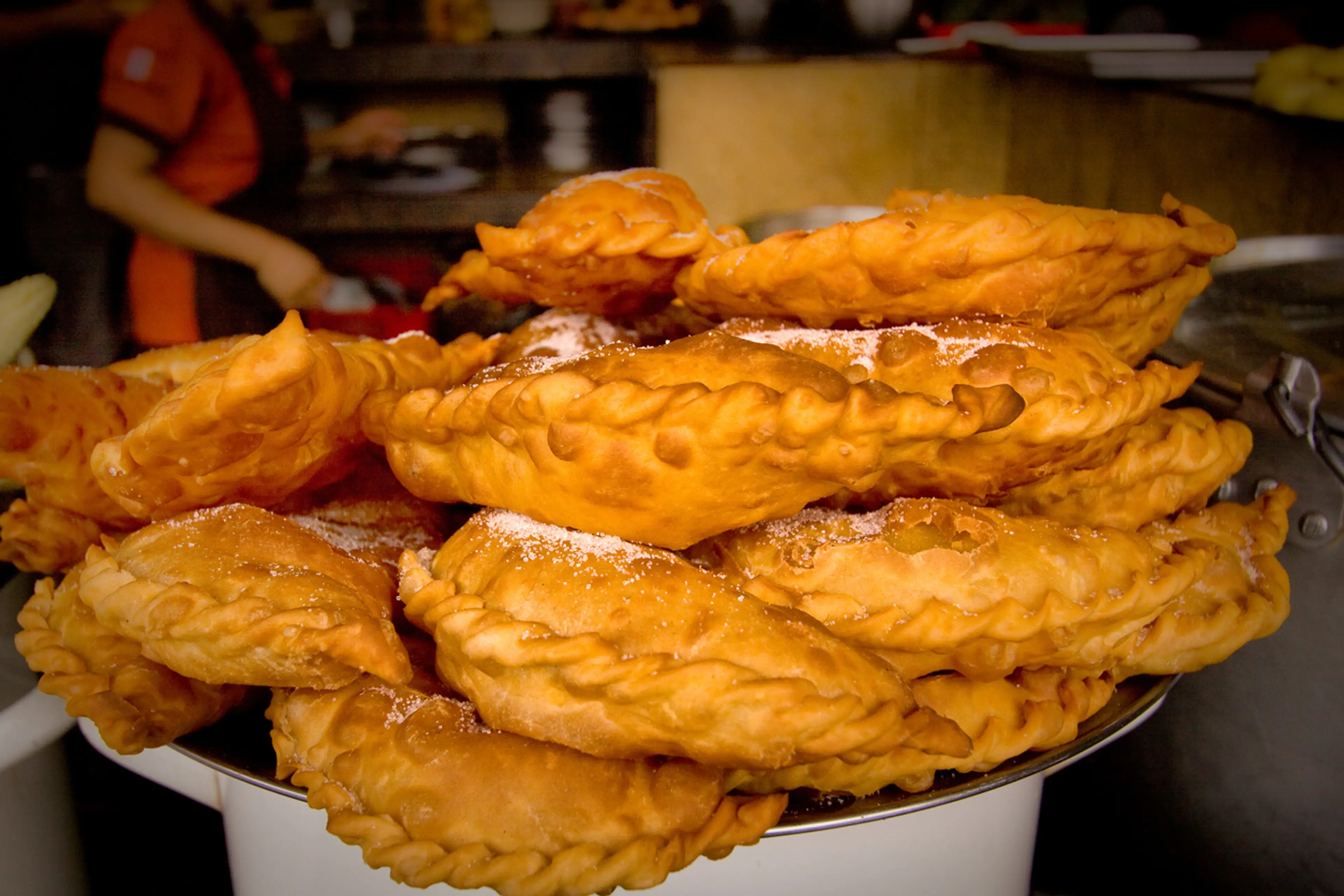
Empanadas de Viento
These are large cheese empanadas that puff up when they are fried, hence the name 'wind empanadas'. They are a popular snack in the Galapagos Islands.
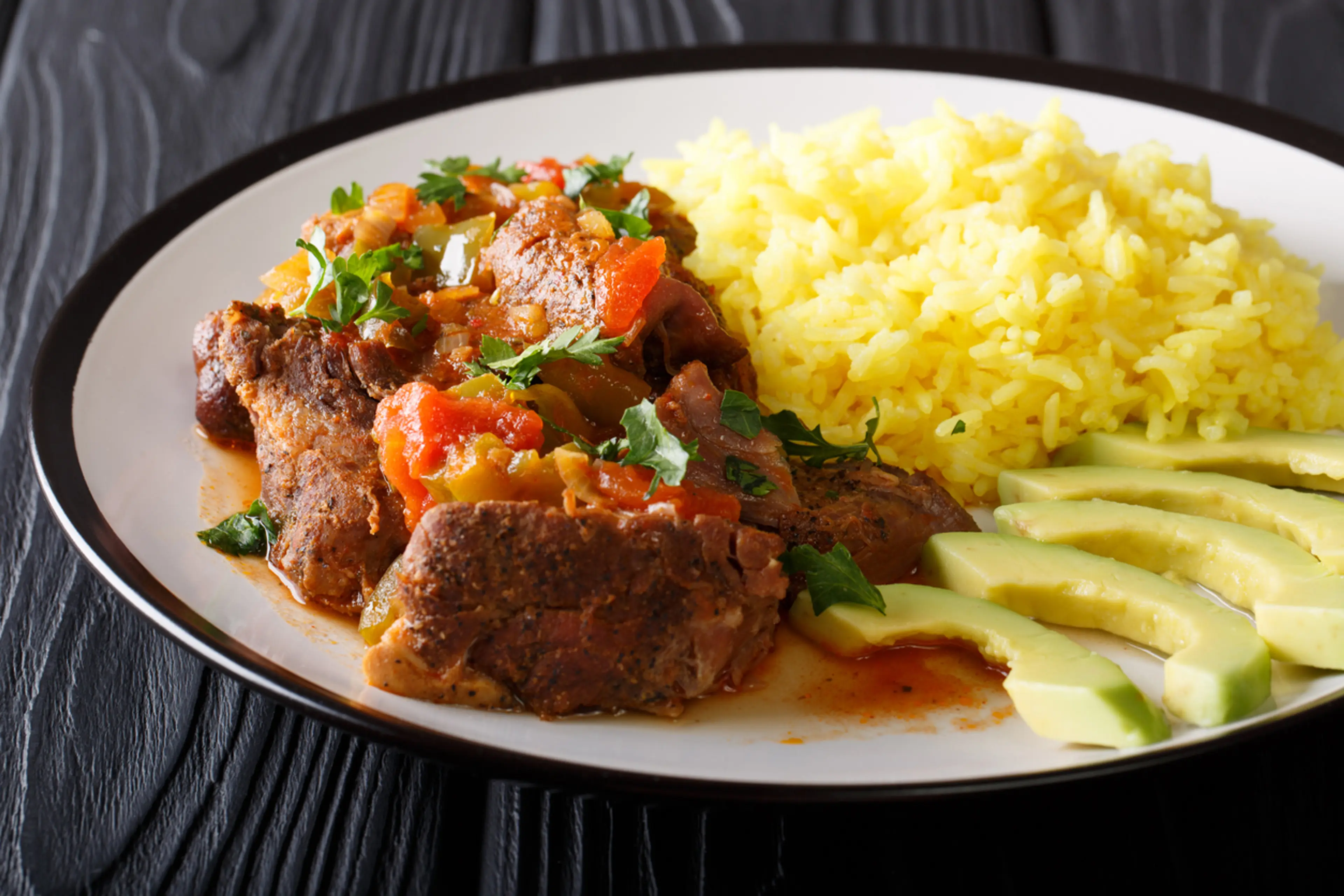
Seco de Chivo
A traditional Ecuadorian stew made with goat meat, garlic, cumin, achiote, and beer. It's often served with rice and fried plantains.
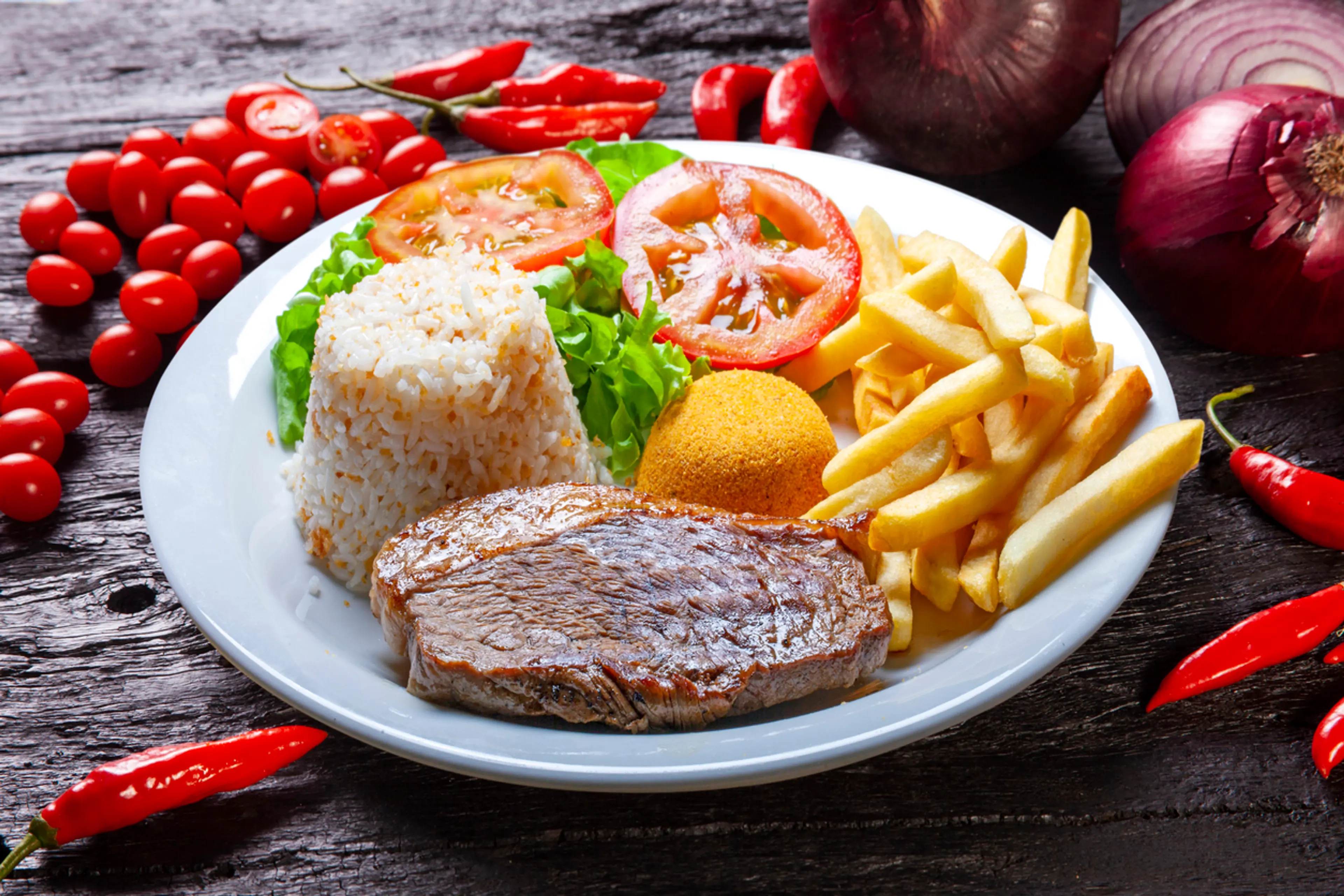
Churrasco Ecuatoriano
A popular dish in Ecuador, including the Galapagos Islands, consisting of a grilled steak served with rice, fries, eggs, and salad.
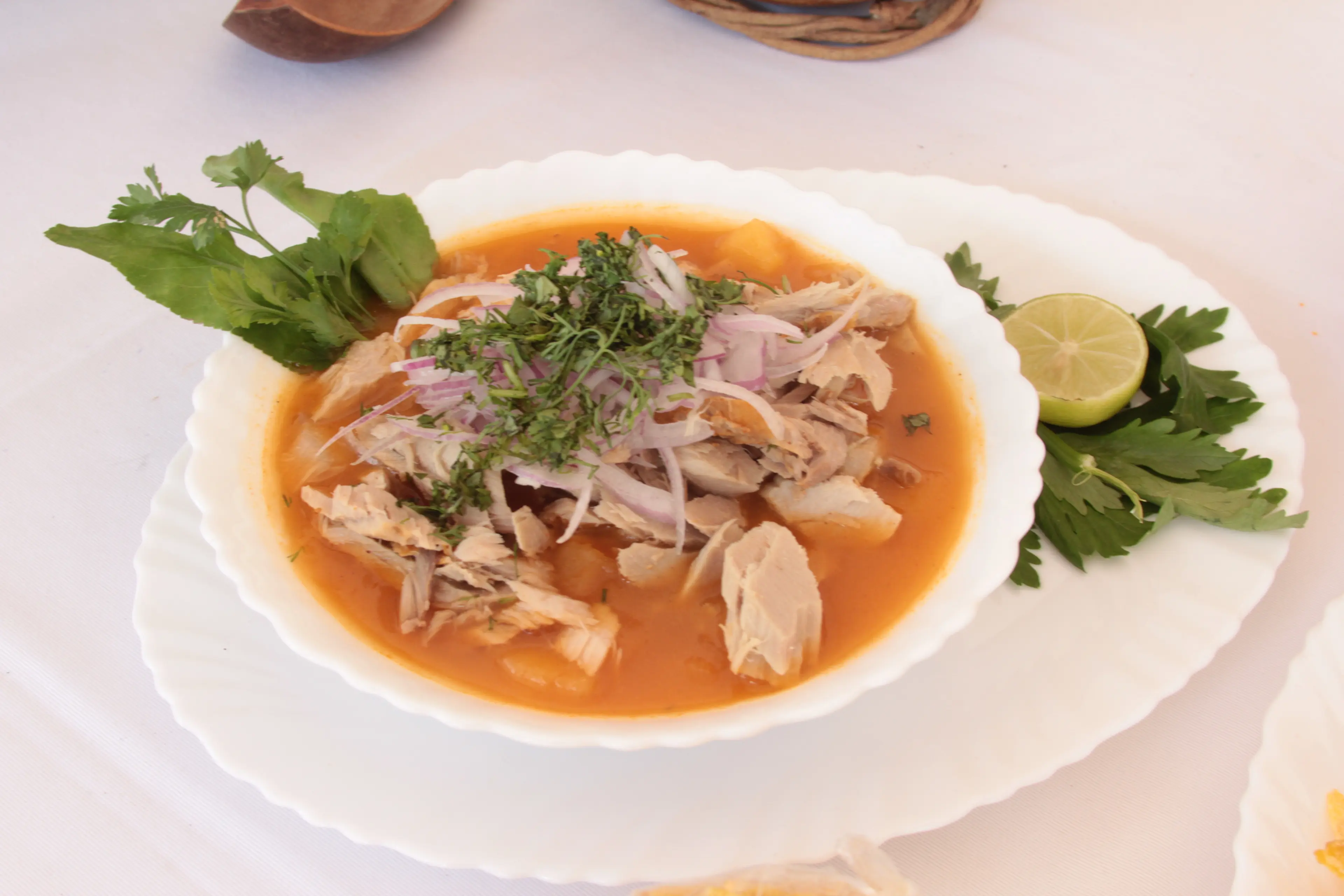
Encebollado
A hearty fish soup that is considered a national dish of Ecuador. It's made with yuca, onion, tomato, and tuna or other fresh fish.
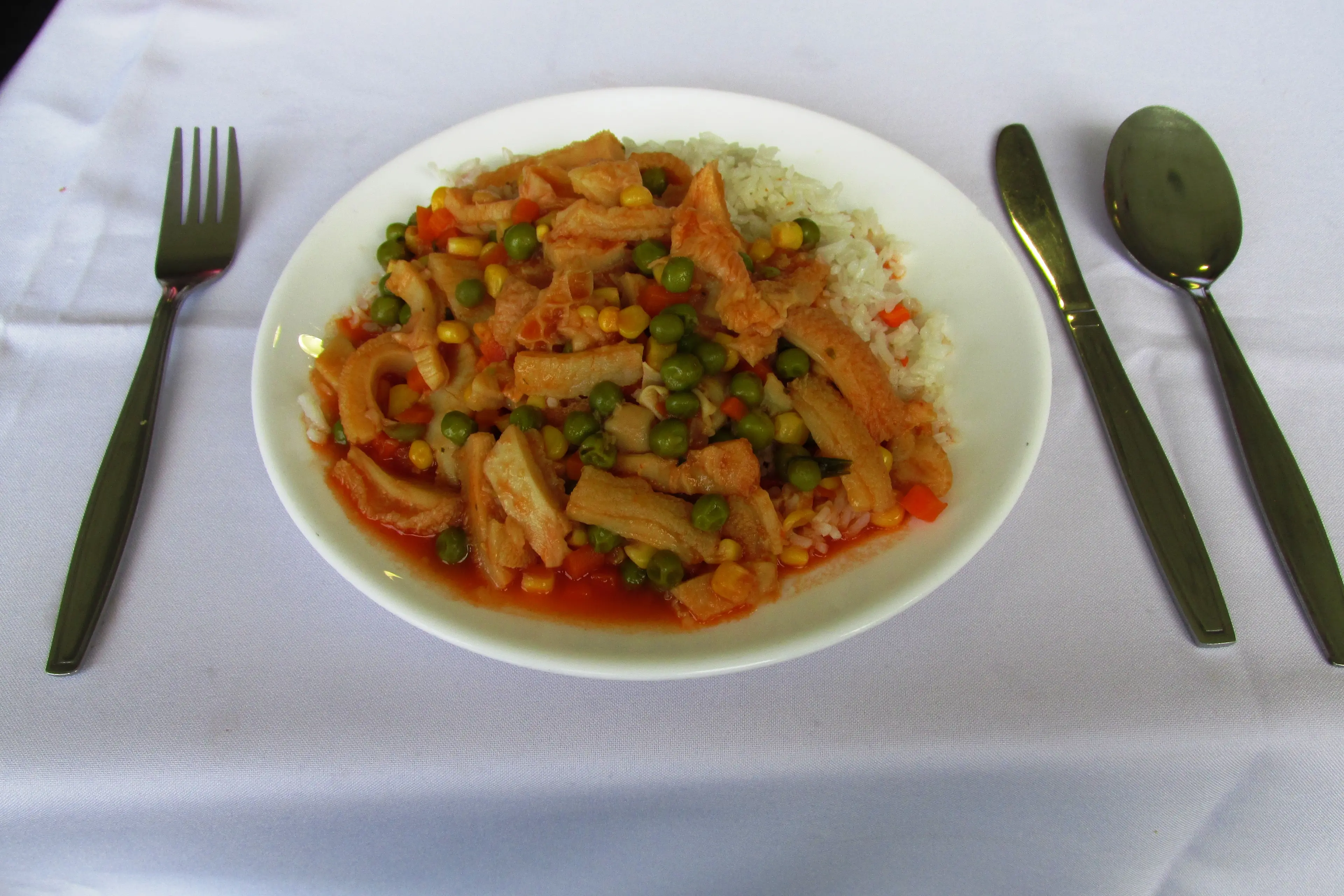
Guatita
A traditional Ecuadorian dish made with potatoes and tripe cooked in a peanut sauce. It's a popular comfort food in the Galapagos Islands.
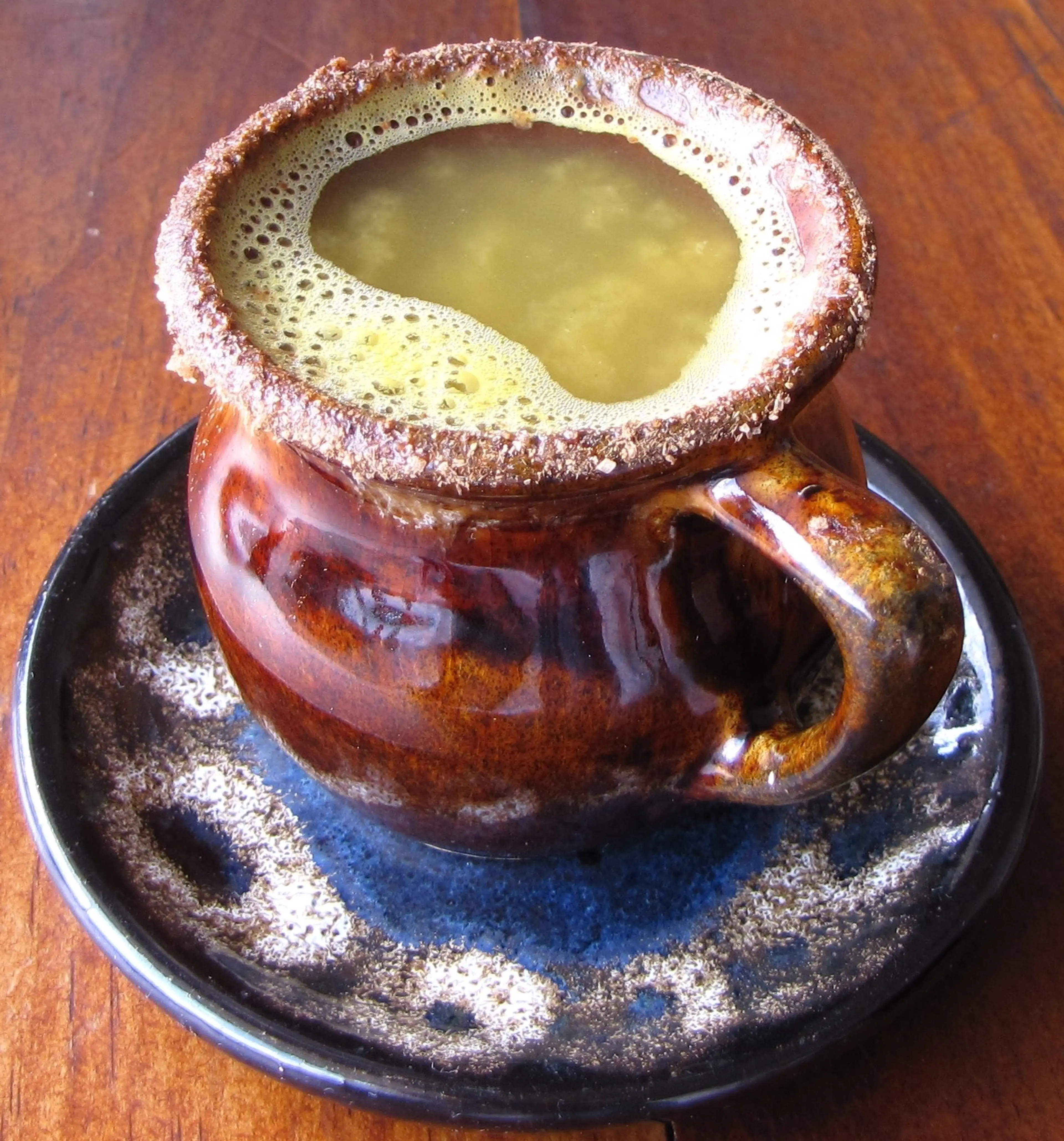
Canelazo
A warm alcoholic beverage popular in the Andean highlands of Ecuador, including the Galapagos Islands. It's made from aguardiente (sugar cane alcohol), sugar, and water boiled with cinnamon.
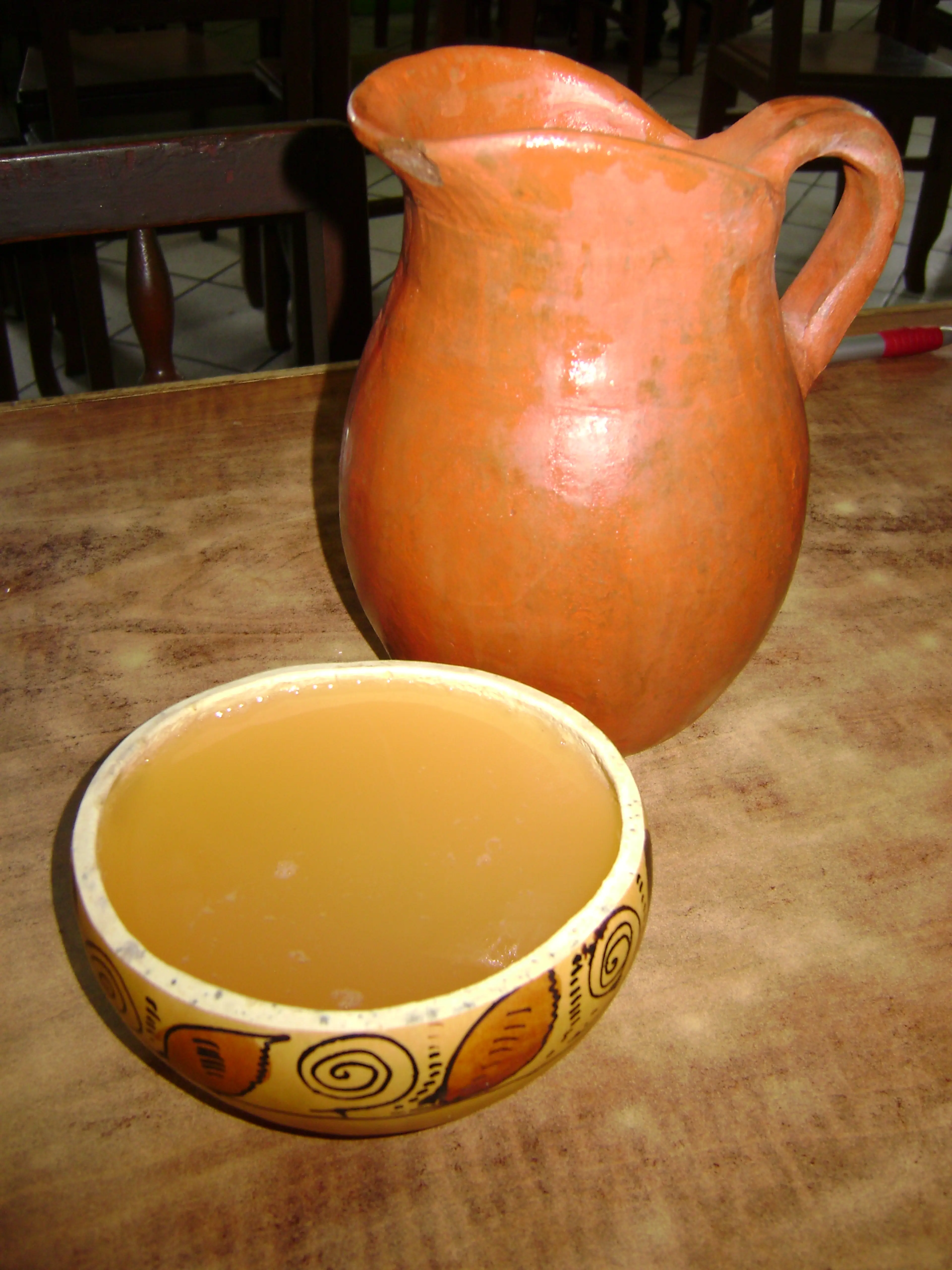
Chicha de Jora
A traditional Andean drink made from fermented corn. It's a popular beverage in the Galapagos Islands.
Morochas
A traditional Ecuadorian dessert made from corn, milk, sugar, and cinnamon. It's a popular sweet treat in the Galapagos Islands.

Helado de Paila
A traditional Ecuadorian ice cream made in a large bronze pan, often with local fruits. It's a popular dessert in the Galapagos Islands.
Best time to visit
The Galapagos Islands can be visited year-round, but the best time to visit depends on what you're hoping to see. The warm season from December to May is great for bird watching and marine wildlife, with calmer seas and warmer waters. However, the cooler season from June to November, although marked by a bit more cloud cover and occasional drizzle, is the best time for diving and spotting aquatic species due to the increased ocean productivity. So, it really depends on your personal preferences and interests.
How to get around
Air Travel
The most common way to reach the Galapagos Islands is by air. There are two airports in the Galapagos, one on Baltra Island and the other on San Cristobal Island. Flights to the Galapagos are typically routed through Quito or Guayaquil on the mainland of Ecuador.
Boat/Ferry
Once you're in the Galapagos, inter-island travel is typically done by boat. There are daily ferries that connect the inhabited islands of Santa Cruz, San Cristobal, Isabela, and Floreana. The boat rides can be a bit rough, so it's recommended to take seasickness medication if you're prone to it.
Tour Boats
Tour boats are a popular way to see the Galapagos Islands. These boats range in size and comfort level, and they typically offer multi-day itineraries that include guided tours, meals, and accommodations. This is a great way to see a variety of islands and wildlife in the Galapagos.
Bike
Biking is a popular way to get around on the individual islands, especially on Isabela Island where there are several bike rental shops. It's a great way to explore at your own pace and enjoy the beautiful scenery.
Foot
Many of the attractions in the Galapagos are best explored on foot. There are numerous hiking trails that lead to stunning viewpoints, secluded beaches, and wildlife viewing spots. Just remember to stay on the marked trails to protect the fragile ecosystem.
Taxi
Taxis are available on the inhabited islands of the Galapagos. They are typically pick-up trucks, and they can be a convenient way to get around, especially if you're traveling with a lot of gear. However, keep in mind that distances can be quite long, so it's best to negotiate a price before you set off.
Bus
On Santa Cruz Island, there is a bus service that runs from the airport on Baltra Island to the ferry dock. This is the most economical way to get from the airport to the main town of Puerto Ayora.
Ridesharing
Ridesharing services are not common in the Galapagos Islands. Most transportation needs can be met with taxis, buses, and boats.
Important information
Currency$ USD
Time zoneUTC-5
Driving sideRight
Emergency phoneAmbulance: 131; Fire: 102; Police: 101
Drinking waterOpt for bottled water
Power sockets
Voltage120 V
Things to know about Galapagos Islands, Ecuador as a first time visitor
1
The Galapagos Islands are located about 600 miles off the coast of Ecuador.
2
The official currency of Ecuador, including the Galapagos Islands, is the U.S. dollar.
3
Spanish is the official language, but English is widely spoken in tourist areas.
4
The Galapagos Islands operate on Ecuador Time, which is GMT -6.
5
The Galapagos Islands have a subtropical climate. The warm season (December to May) averages 86°F (30°C) and the cool season (June to November) averages 75°F (24°C).
6
The Galapagos Islands are a UNESCO World Heritage site and a national park, so there are strict rules about where visitors can go and what they can do.
7
You will need to pay a $100 park fee upon arrival in the Galapagos Islands.
8
You must be accompanied by a certified Galapagos National Park guide when visiting most sites within the park.
9
It's important to respect the wildlife. Keep a safe distance, do not feed the animals, and do not touch or disturb them.
10
There are no direct international flights to the Galapagos Islands. You will need to fly into mainland Ecuador first, either to Quito or Guayaquil, and then take a domestic flight to the islands.
11
There are two airports in the Galapagos Islands: one on Baltra Island and one on San Cristobal Island.
12
The Galapagos Islands are made up of 13 main islands and dozens of smaller islets and rocks.
13
There are only four inhabited islands where tourists can stay: Santa Cruz, San Cristobal, Isabela, and Floreana.
14
The Galapagos Islands are famous for their unique wildlife, including giant tortoises, marine iguanas, and blue-footed boobies.
15
The water temperature varies throughout the year, ranging from 70°F (21°C) to 84°F (29°C). If you plan to snorkel or dive, you may want to bring or rent a wetsuit.
16
There is no cell phone service on most of the islands, and internet access is limited and often slow.
17
Healthcare facilities are limited on the islands. It's recommended to have travel insurance that includes medical evacuation.
18
The sun is very strong due to the islands' location on the equator. Be sure to bring and regularly apply high-SPF sunscreen.
19
Tap water is not safe to drink. Always drink bottled water.
20
The Galapagos Islands are a year-round destination, but the best time to visit depends on what wildlife you want to see, as different species have different mating and breeding seasons.
Basic Spanish to know as a first time visitor
English phrase | Native phrase | Pronunciation | When to use it |
|---|---|---|---|
Hello | Hola | O-la | Greeting someone |
Goodbye | Adiós | A-dee-os | Leaving or saying goodbye |
Please | Por favor | Por fa-vor | Making a request |
Thank you | Gracias | Gra-see-as | Expressing gratitude |
Yes | Sí | See | Agreeing or confirming |
No | No | No | Disagreeing or denying |
Excuse me | Perdón | Per-don | Getting attention or apologizing |
I'm sorry | Lo siento | Lo see-en-to | Apologizing |
Do you speak English? | ¿Hablas inglés? | Ab-las in-gles | Asking if someone speaks English |
I don't understand | No entiendo | No en-tee-en-do | Communicating lack of understanding |
Where is...? | ¿Dónde está...? | Don-de es-ta | Asking for directions |
Bathroom | Baño | Ban-yo | Looking for a bathroom |
Help | Ayuda | A-yu-da | In case of emergency |
Food | Comida | Co-mee-da | Looking for food |
Water | Agua | A-gua | Looking for water |
Hotel | Hotel | O-tel | Looking for a hotel |
Taxi | Taxi | Taxi | Looking for a taxi |
How much does it cost? | ¿Cuánto cuesta? | Kwan-to kwes-ta | Asking for the price |
I would like... | Me gustaría... | Me gus-ta-ree-a | Making a request |
Good night | Buenas noches | Bwe-nas no-ches | Saying goodbye in the evening |
Packing List
Clothing
Lightweight clothing
Swimwear
Water shoes
Hiking shoes
Rain jacket
Hat for sun protection
Sunglasses
Beach towel
Toiletries
Travel-sized shampoo and conditioner
Body wash
Toothbrush and toothpaste
Deodorant
Sunscreen
Insect repellent
First aid kit
Prescription medications
Travel-sized laundry detergent
Travel documents and essentials
Passport
Driver's license or ID
Credit and debit cards
Cash (USD)
Travel insurance documents
Hotel and tour confirmations
Emergency contacts and addresses
Electronics and gadgets
Smartphone
Charger and adapter
Camera
Extra memory cards
Binoculars
Headphones
Portable power bank
Miscellaneous items
Reusable water bottle
Snacks
Books or e-reader for downtime
Travel pillow and blanket
Ziplock bags for wet clothes
Backpack for day trips
Biodegradable wet wipes
Travel-sized hand sanitizer
Weather Conditions
The Galapagos Islands, located in Ecuador, experience a unique climate that is primarily influenced by the ocean currents. The weather here can be divided into two main seasons - the warm season and the dry season. The warm season typically runs from December to May. During this period, you can expect temperatures to range from 70°F to 90°F (21°C to 32°C). The weather is generally hot and humid with frequent rain showers. This is also the time when the sea is at its warmest, making it ideal for snorkeling and swimming. However, the high humidity might make hiking and other land-based activities a bit uncomfortable. The dry season, from June to November, sees cooler temperatures ranging from 60°F to 75°F (15°C to 24°C). The weather during this period is cooler and drier with occasional mist or drizzle, known locally as "garua". The sea is cooler too, but the visibility underwater is at its best, making it a great time for diving. The cooler weather also makes it comfortable for hiking and exploring the islands. Regardless of when you visit, it's advisable to pack for varying weather conditions. Lightweight, breathable clothing is recommended for the warm season, while a light jacket or sweater may be needed for the cooler, dry season. Always pack a rain jacket or poncho, as rain showers can occur unexpectedly. Don't forget your sun protection - the equatorial sun can be strong year-round. Remember, the Galapagos Islands are a protected national park, so it's important to respect the local wildlife and environment. Always follow the guidance of park rangers and tour guides to ensure a safe and enjoyable visit.
| Month | Hi / Lo (°C) | Weather Overview |
|---|---|---|
January | 30° / 22° | January is the start of the warm season in Galapagos, with occasional rainfall and calm seas. It's a great time for snorkeling and bird watching. |
February | 31° / 24° | February is one of the warmest months, with clear skies and warm waters. It's the peak season for marine life, making it perfect for diving and snorkeling. |
March | 32° / 24° | March is the hottest month in Galapagos, with high humidity and occasional rain showers. It's a great time to see marine iguanas, sea turtles, and land birds. |
April | 30° / 24° | April experiences a gradual cooling trend, with less rainfall and calmer seas. It's a good time to see the hatching of giant tortoises and land iguanas. |
May | 28° / 22° | May marks the beginning of the dry season in Galapagos, with cooler temperatures and misty mornings. It's a great time for hiking and observing bird mating rituals. |
June | 26° / 20° | June is the coolest month, with frequent mist and drizzle. It's the best time to see the migration of whales and dolphins. |
July | 25° / 19° | July is characterized by cool temperatures, strong winds, and rough seas. It's a good time to see bird nesting activities, especially the blue-footed boobies. |
August | 24° / 18° | August is the coolest month, with strong winds and rough seas. It's a great time to see sea lions, as it's their breeding season. |
September | 24° / 18° | September is characterized by cool temperatures, strong winds, and rough seas. It's a good time to see penguins and sea birds. |
October | 25° / 19° | October experiences a slight warming trend, with less wind and calmer seas. It's a great time to see sea lion pups and bird courtship rituals. |
November | 28° / 20° | November marks the beginning of the warm season, with increasing temperatures and occasional rain showers. It's a good time to see sea lion pups and marine life. |
December | 29° / 21° | December is characterized by warm temperatures, clear skies, and calm seas. It's a great time for snorkeling and observing the nesting of giant tortoises. |
Did you know?
Places near by Galapagos Islands, Ecuador
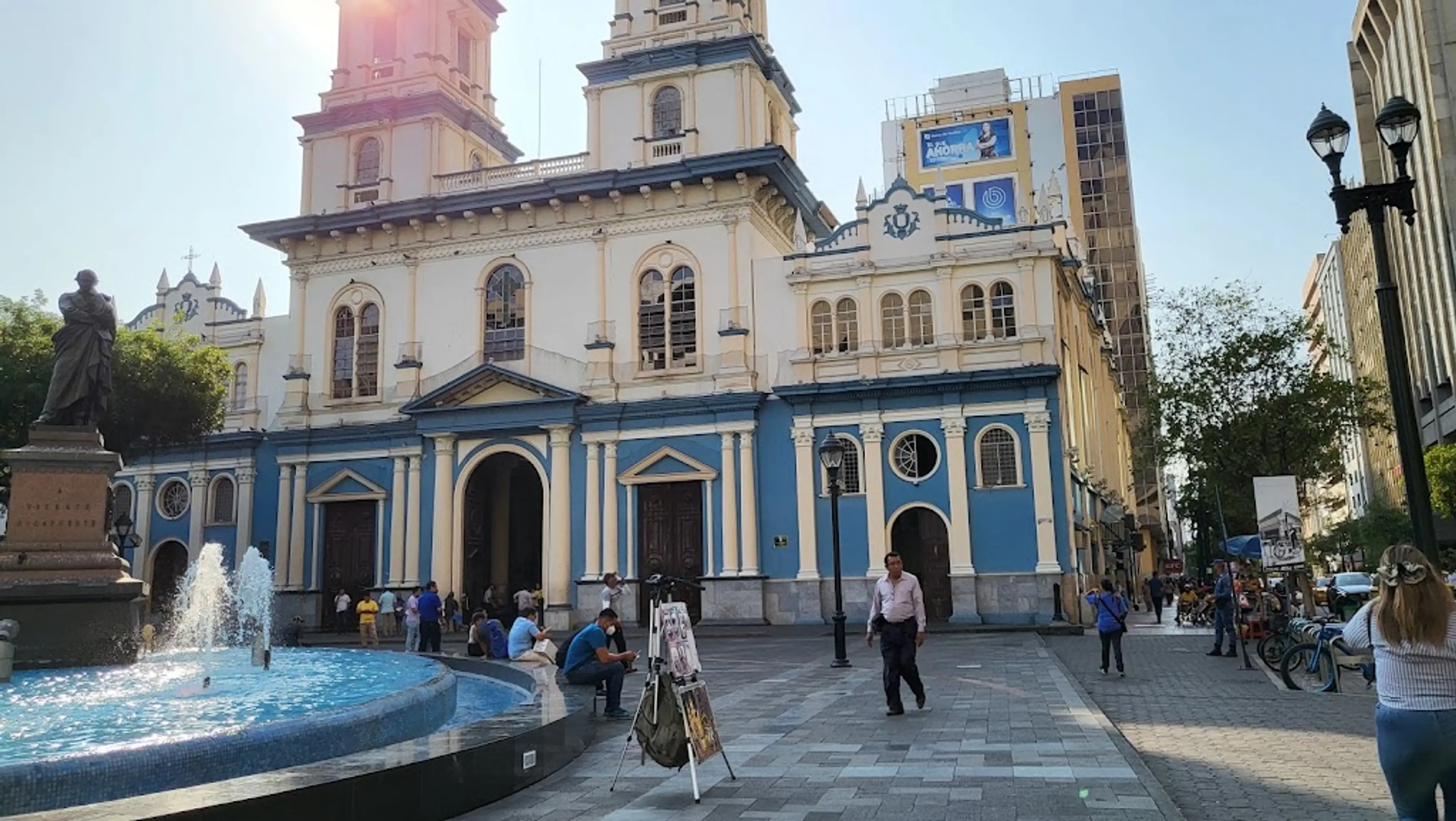
Guayaquil
Ecuador's largest city known for its Pacific port and vibrant urban districts
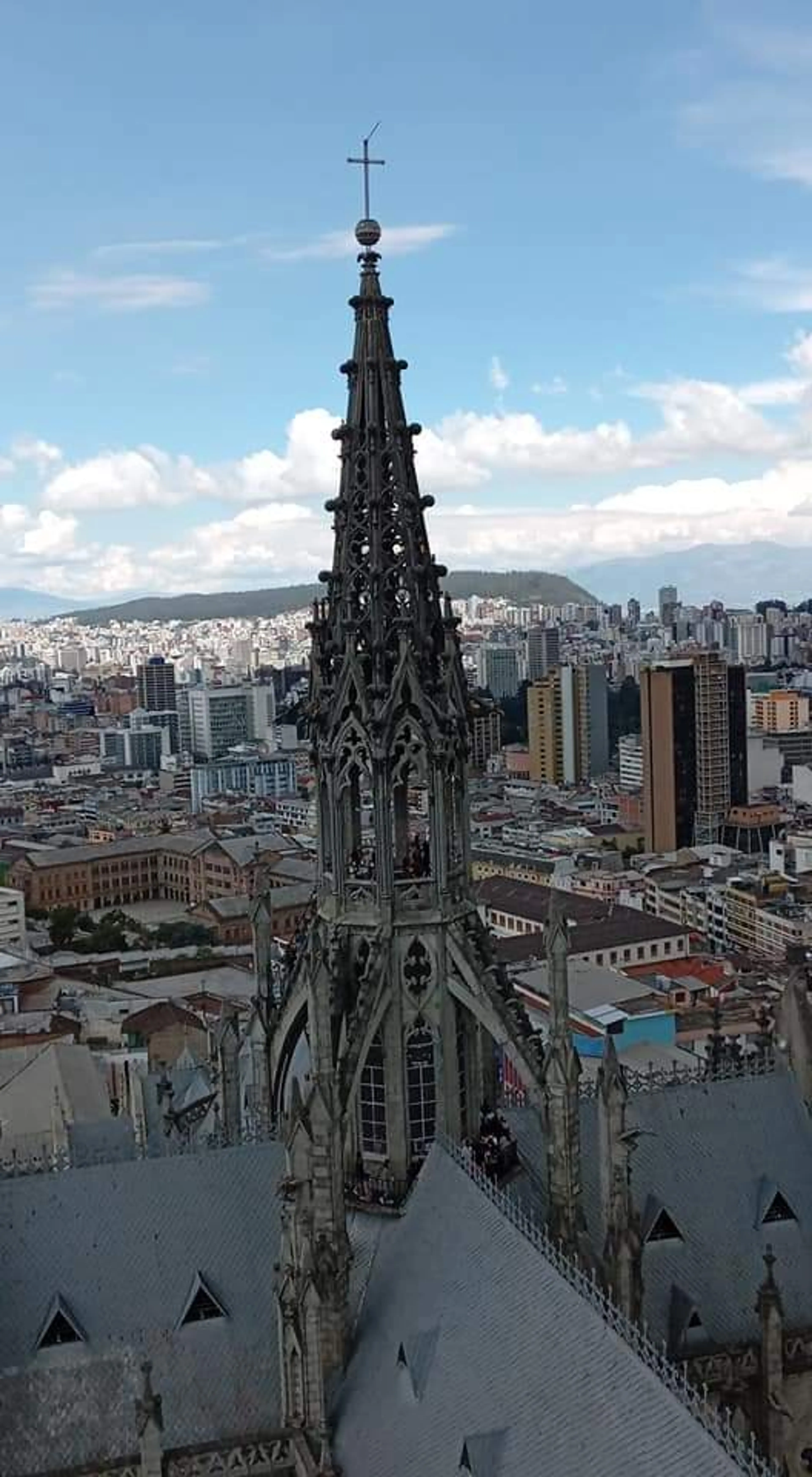
Quito
Ecuador's capital, high in the Andean foothills, known for its well-preserved colonial center
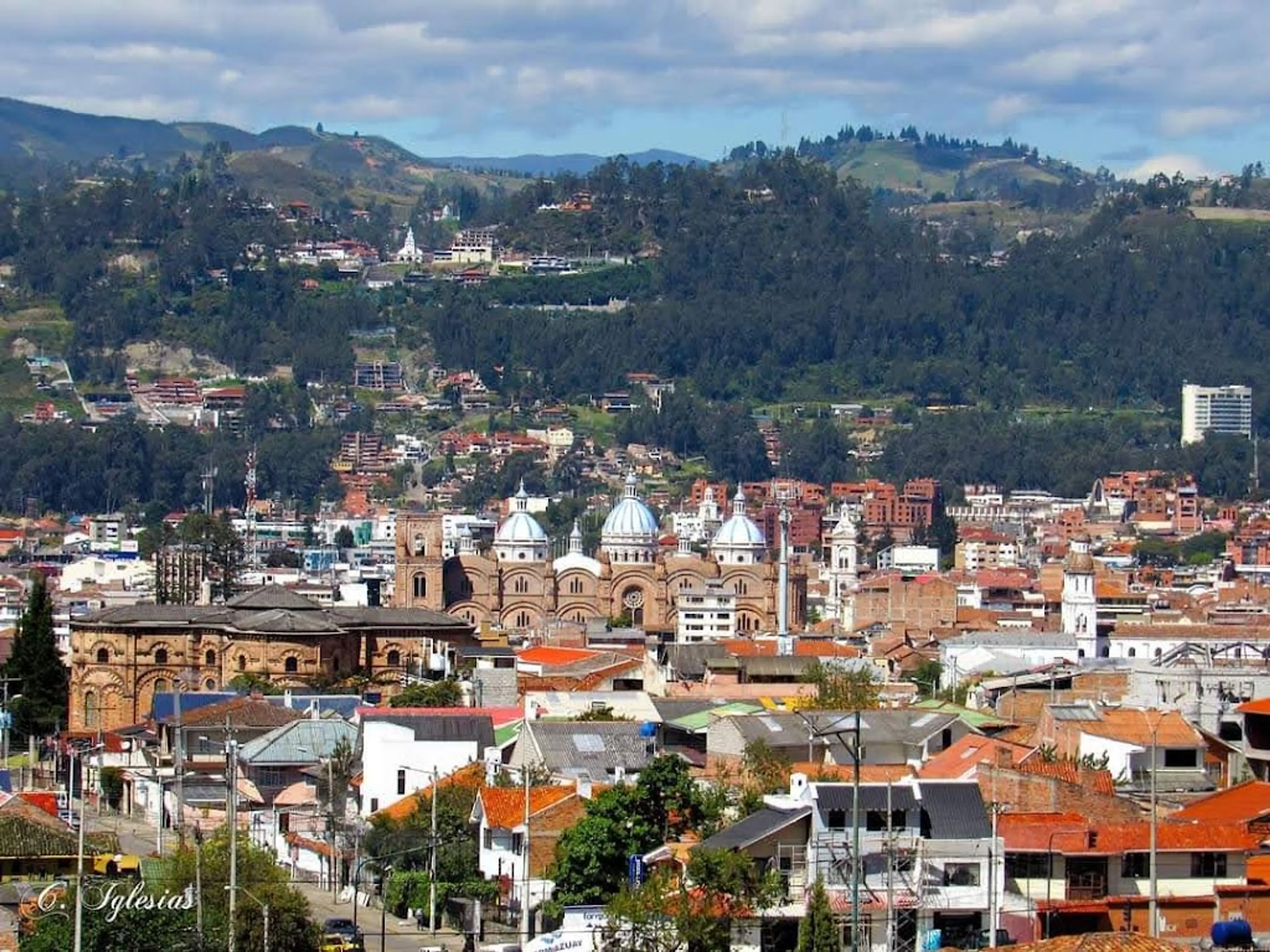
Cuenca
A city in southern Ecuador’s Andes mountains known for its Tomebamba River and handicrafts
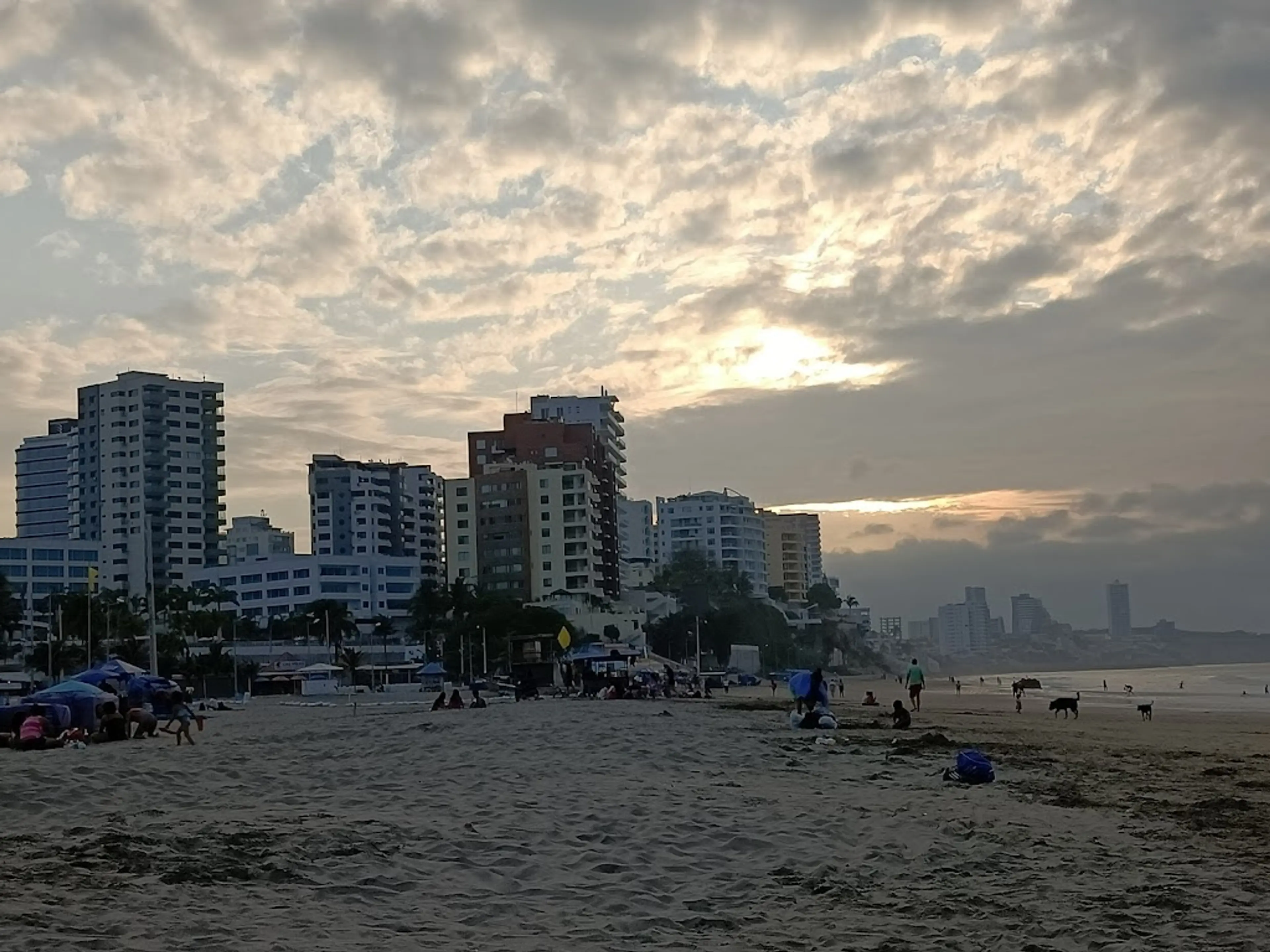
Manta
A bustling port city known for its beaches, nightlife, and seafood
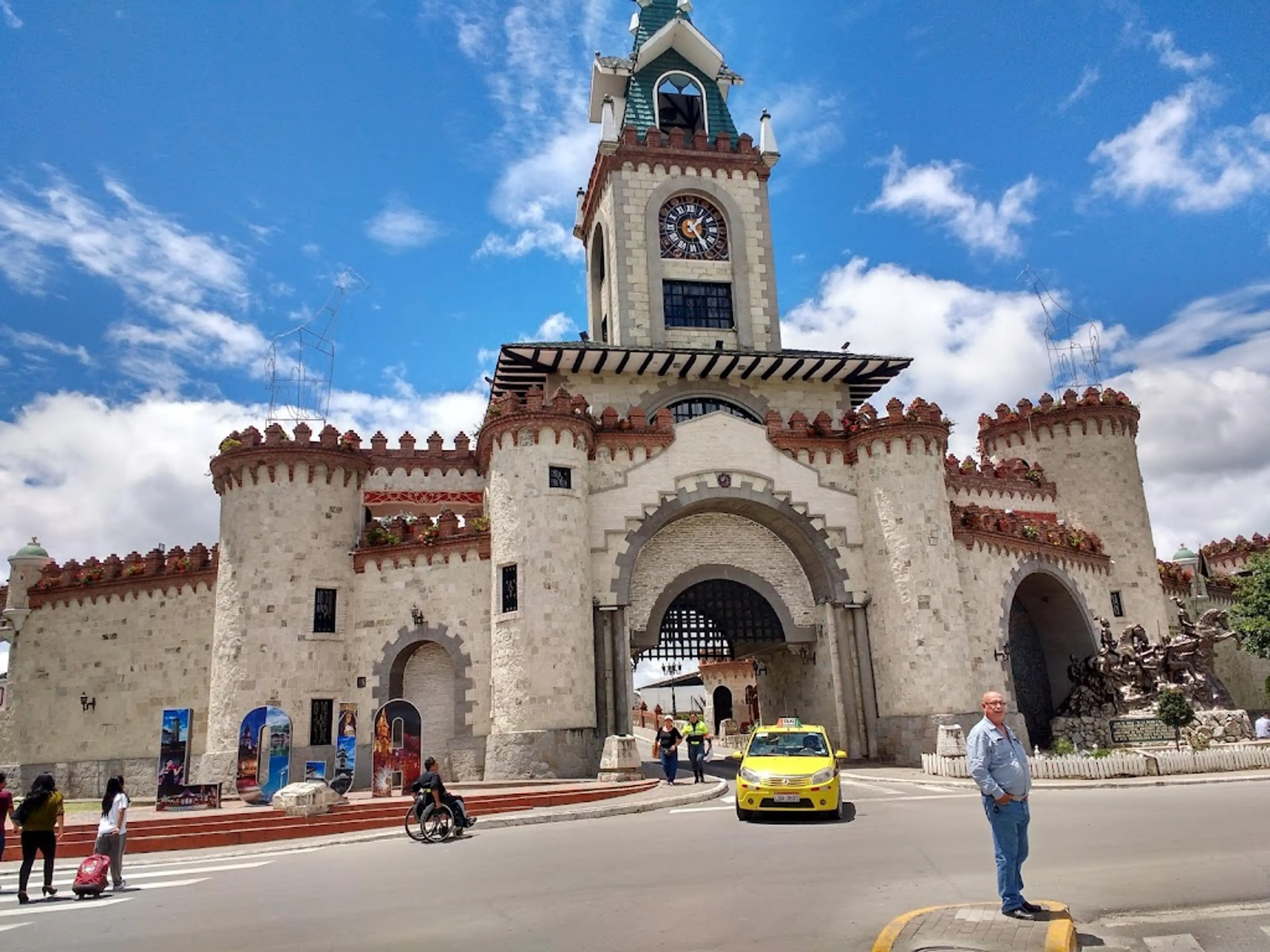
Loja
A city in southern Ecuador known for its rich history and music culture
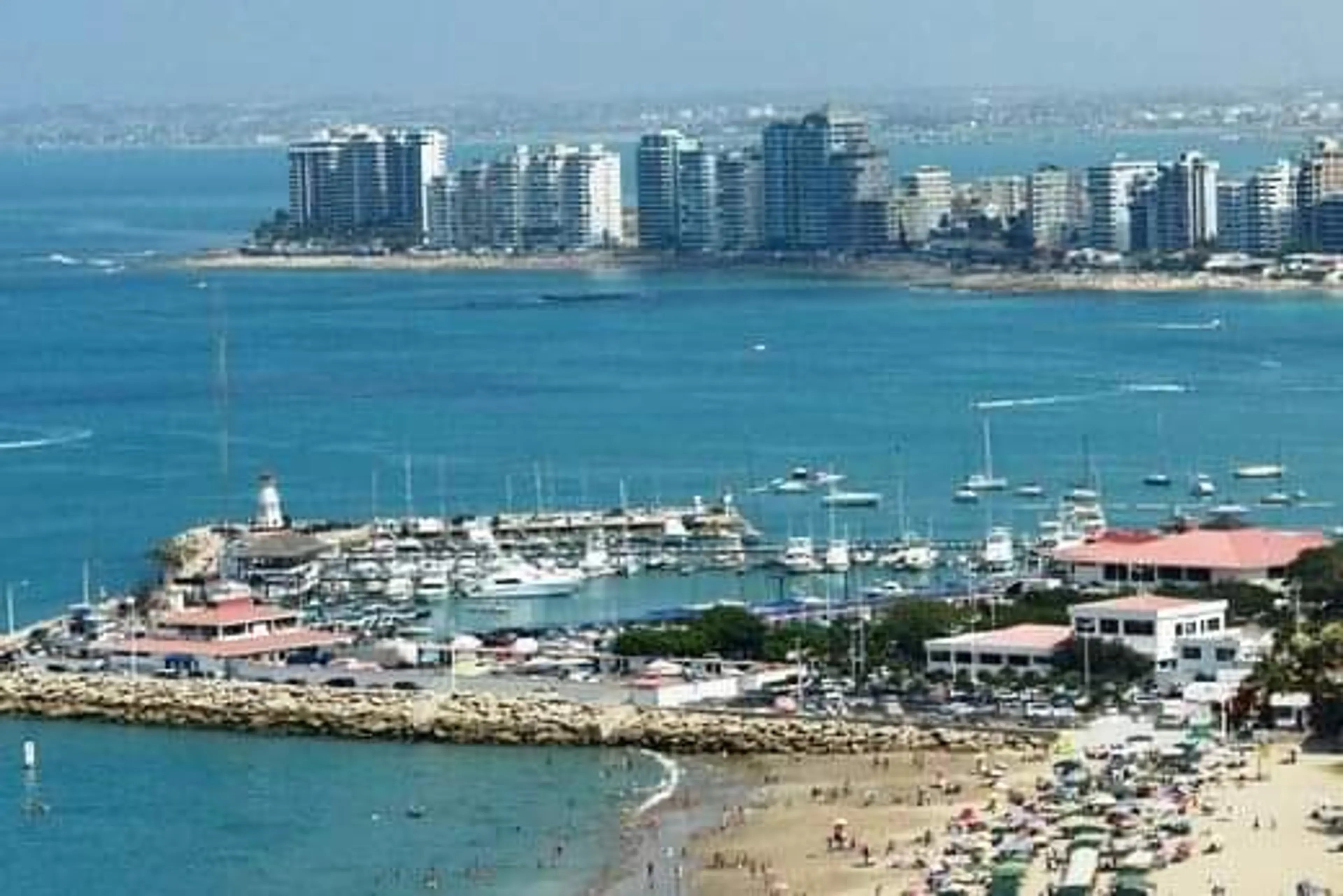
Salinas
A coastal city known for its beaches and water sports
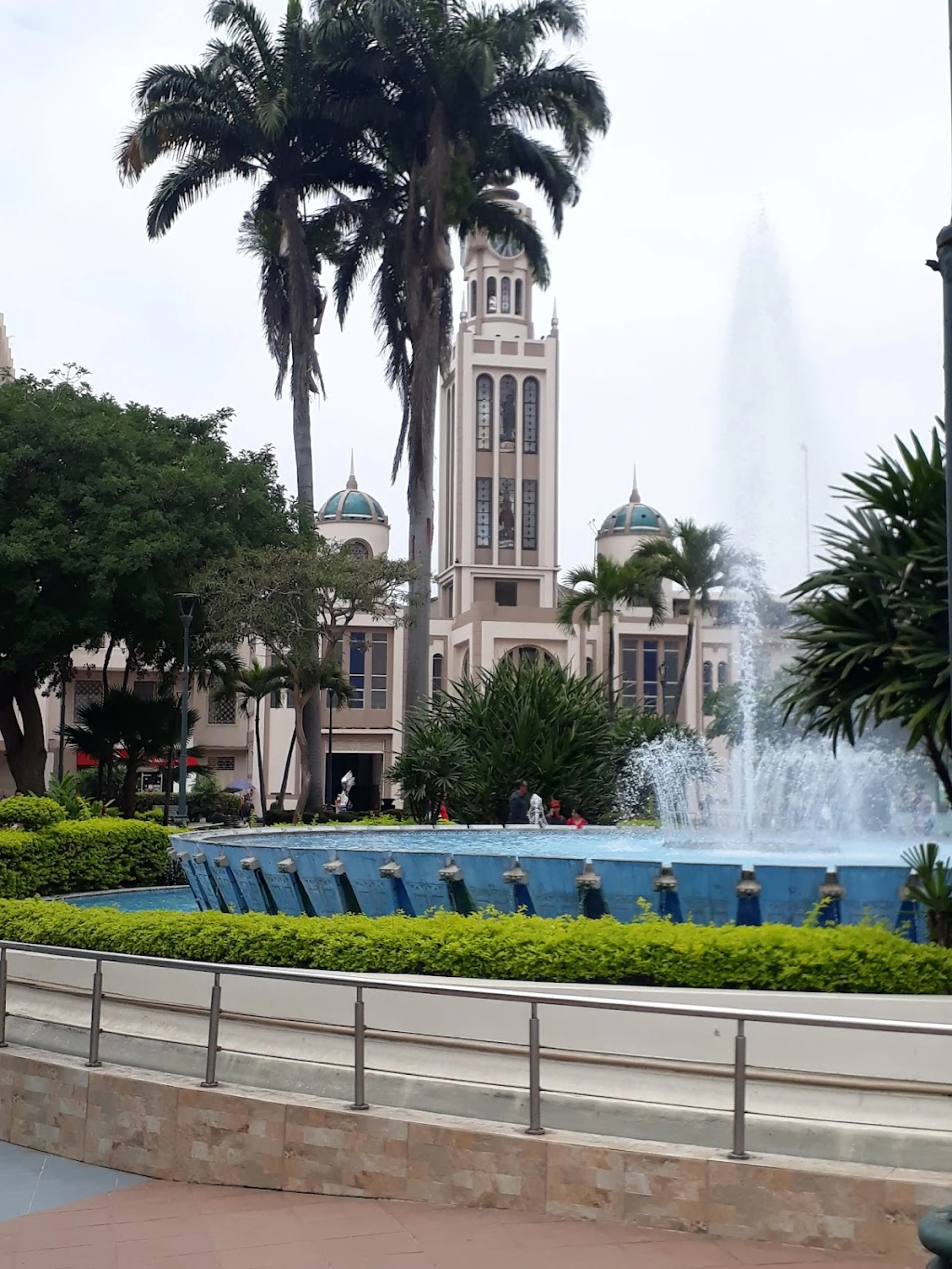
Machala
A city known for its banana exports and nearby wildlife reserves
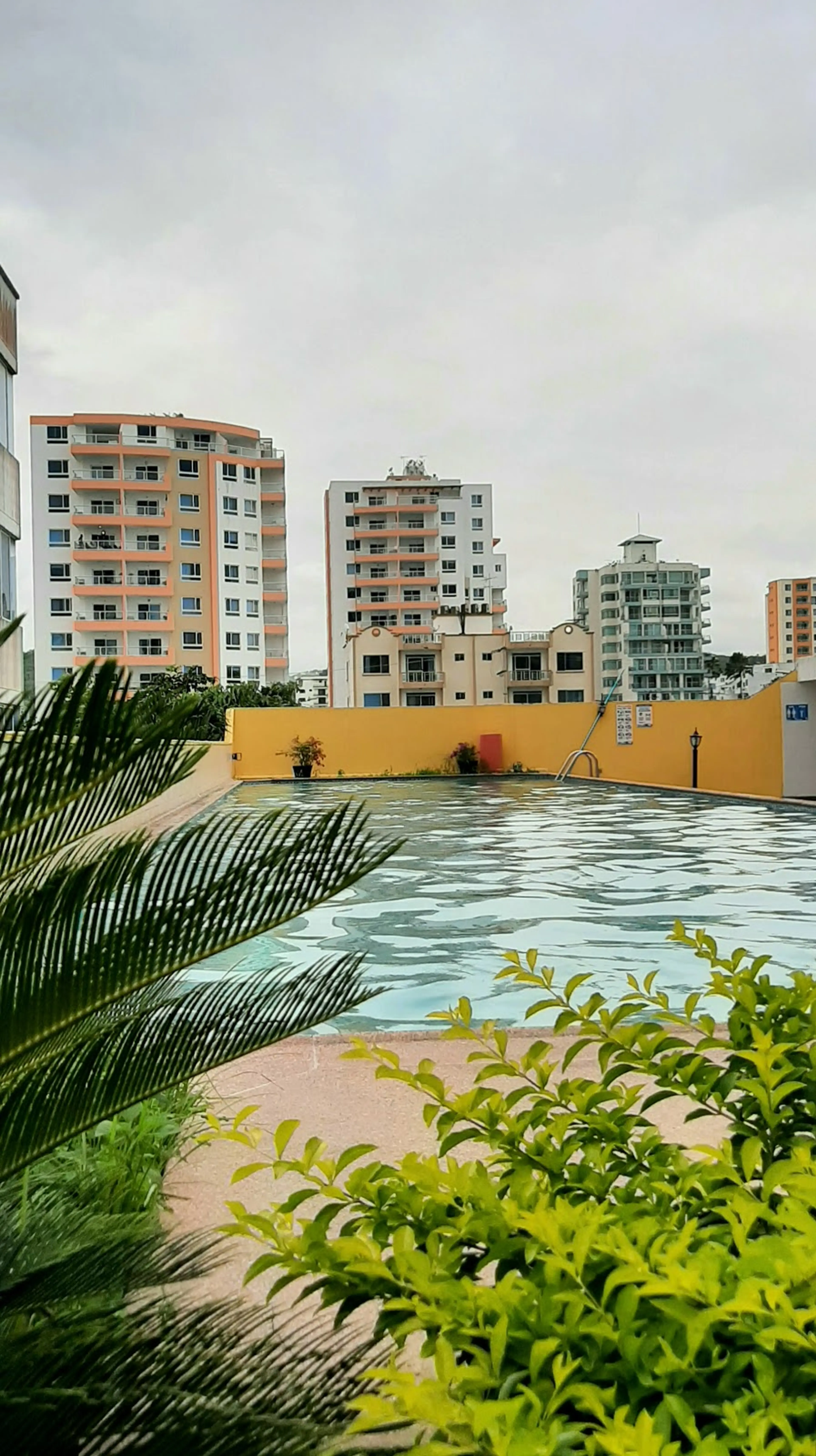
Esmeraldas
A coastal city known for its Afro-Ecuadorian culture and cuisine
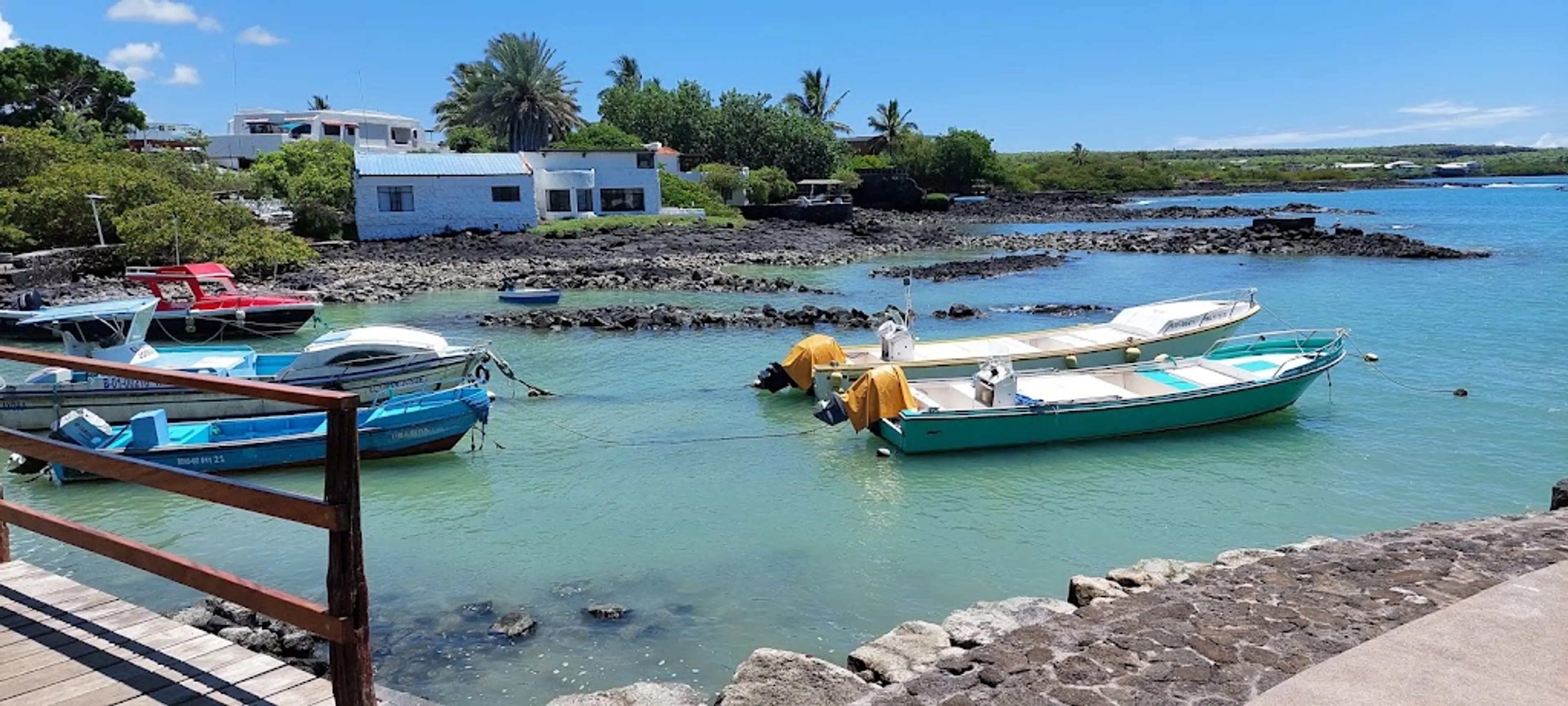
Santa Cruz Island
The most populous island in the Galapagos known for its diverse wildlife
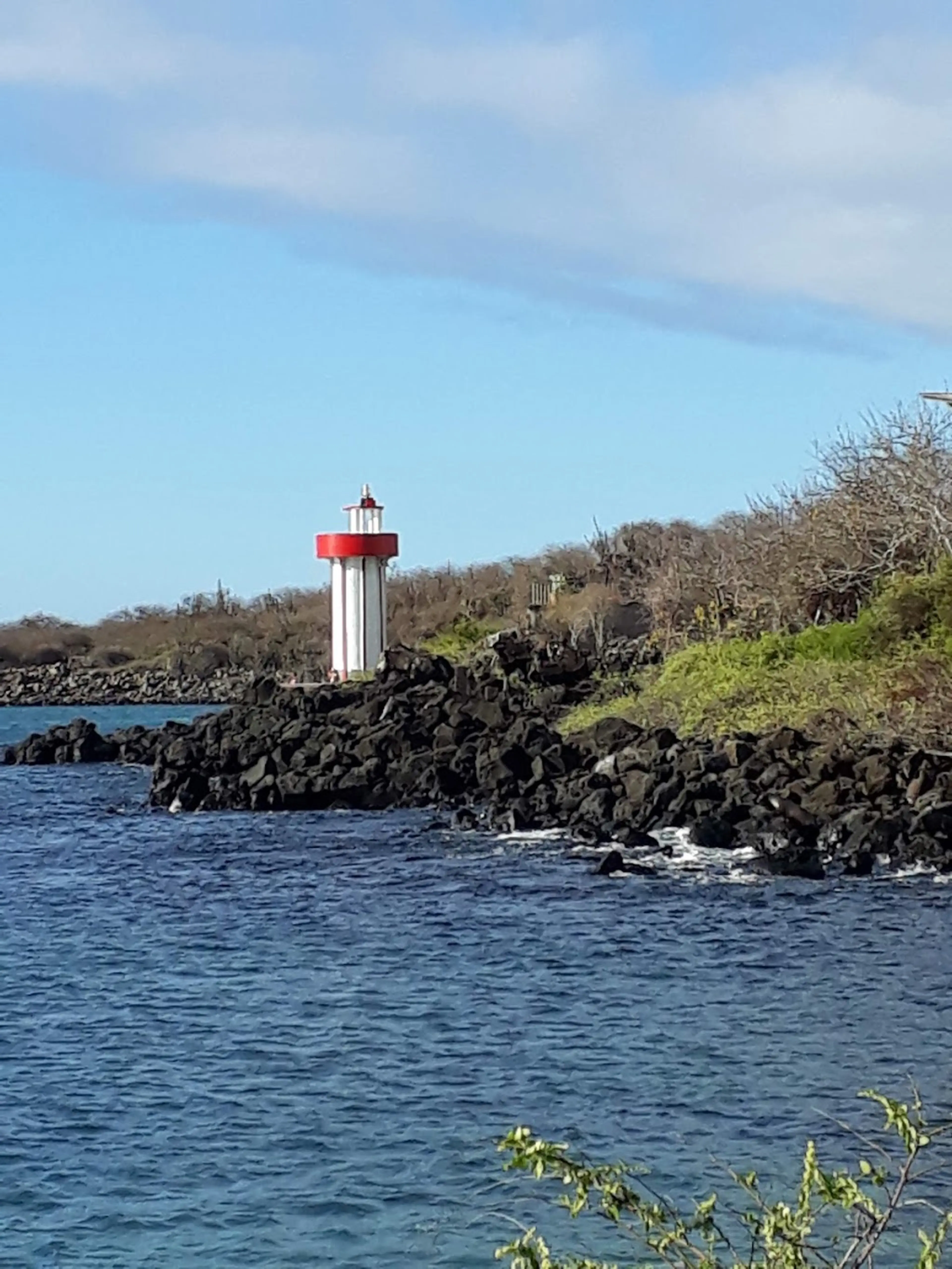
San Cristobal Island
The easternmost island in the Galapagos known for its sea lions and tortoises
